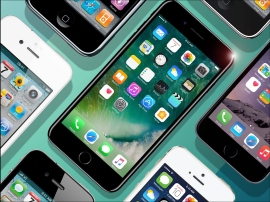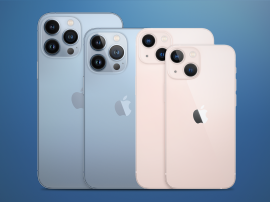Leica Q3 review: simply luxurious
Full-frame, fixed-lens compact is a dream for street photography
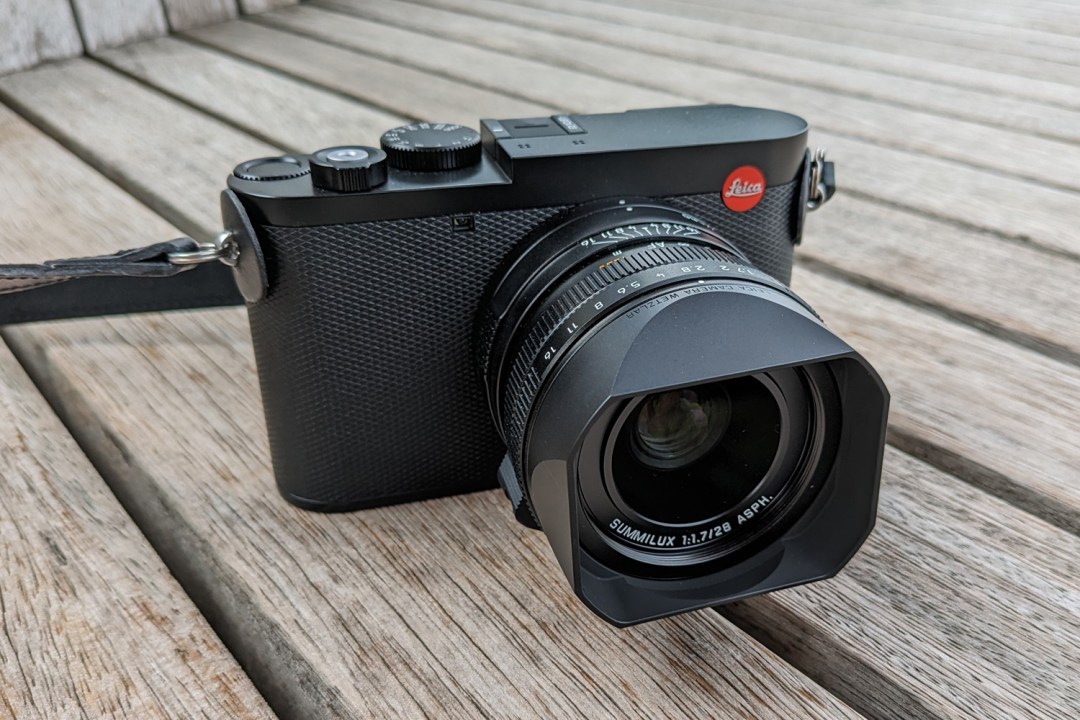
Smartphones might’ve decimated demand for compact cameras, but nobody thought to tell Leica. The firm’s fixed-lens, full-frame Q models have gone down a storm with well-heeled photographers, and the new Q3 aims to do the same. It arrives with some major internal upgrades and addresses pretty much everything the outgoing Q2 didn’t quite get right.
The fantastic 28mm lens returns, but it now feeds a higher resolution CMOS sensor. The autofocus system has been supercharged, and the rear touchscreen now tilts up and down. Oh, and video recording now tops out at a whopping 8K resolution. Yes, it’ll still set you back more than a mortgage payment, and can’t match the versatility of an interchangeable lens system camera, but in-body digital cropping helps level the playing field. Is that enough to make this the ultimate iteration of an unashamedly opulent snapper?
Design & build: basically bomb-proof
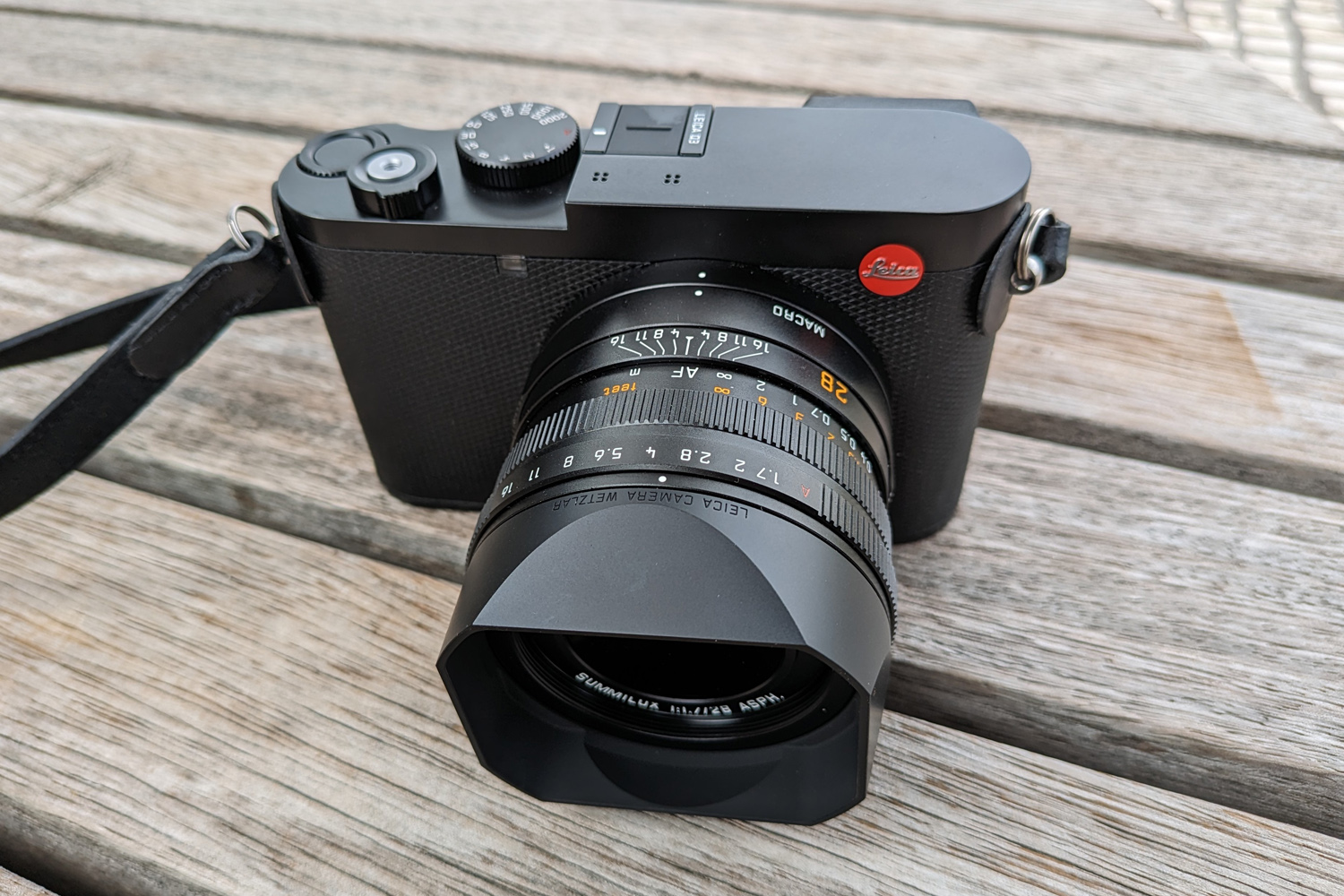
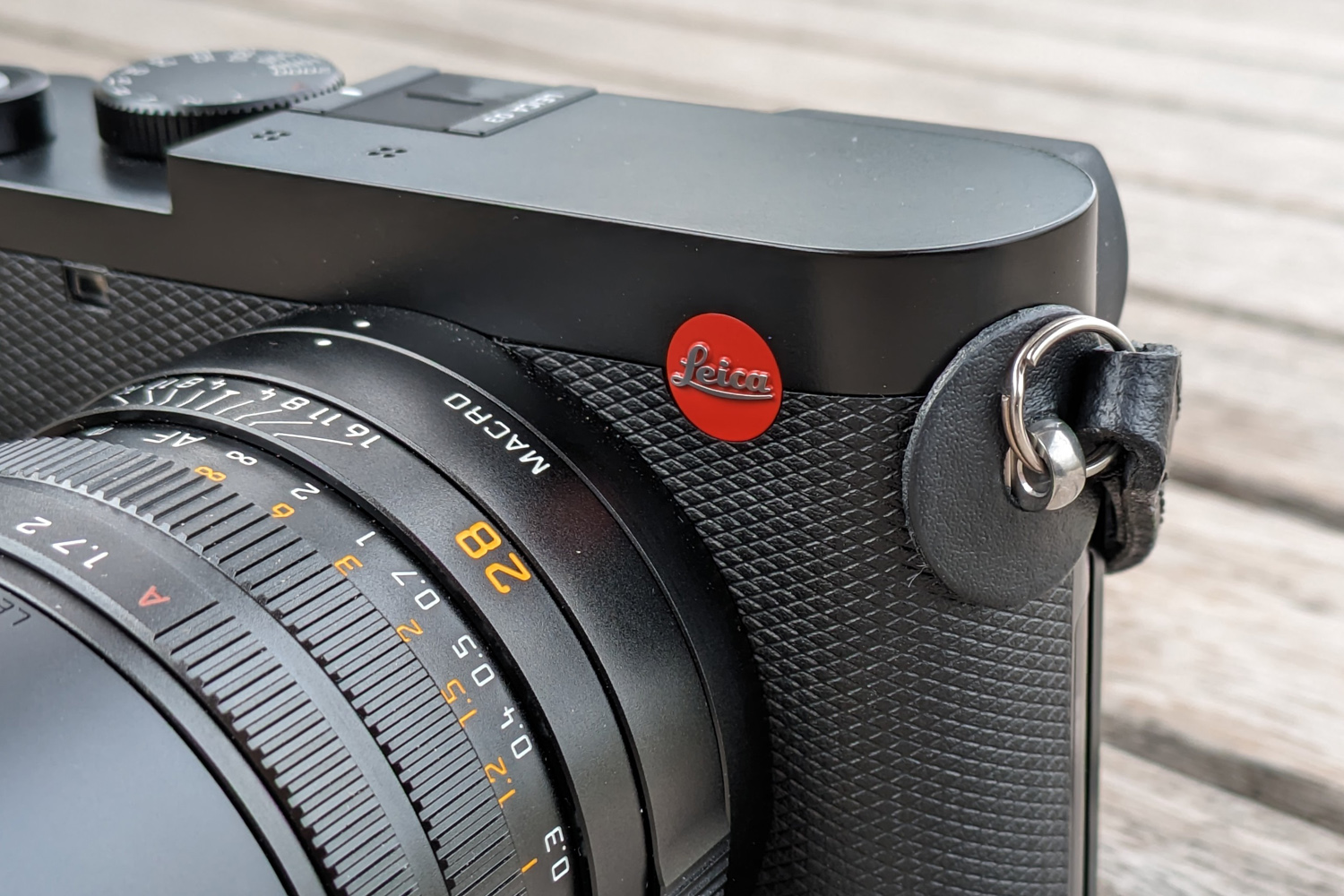
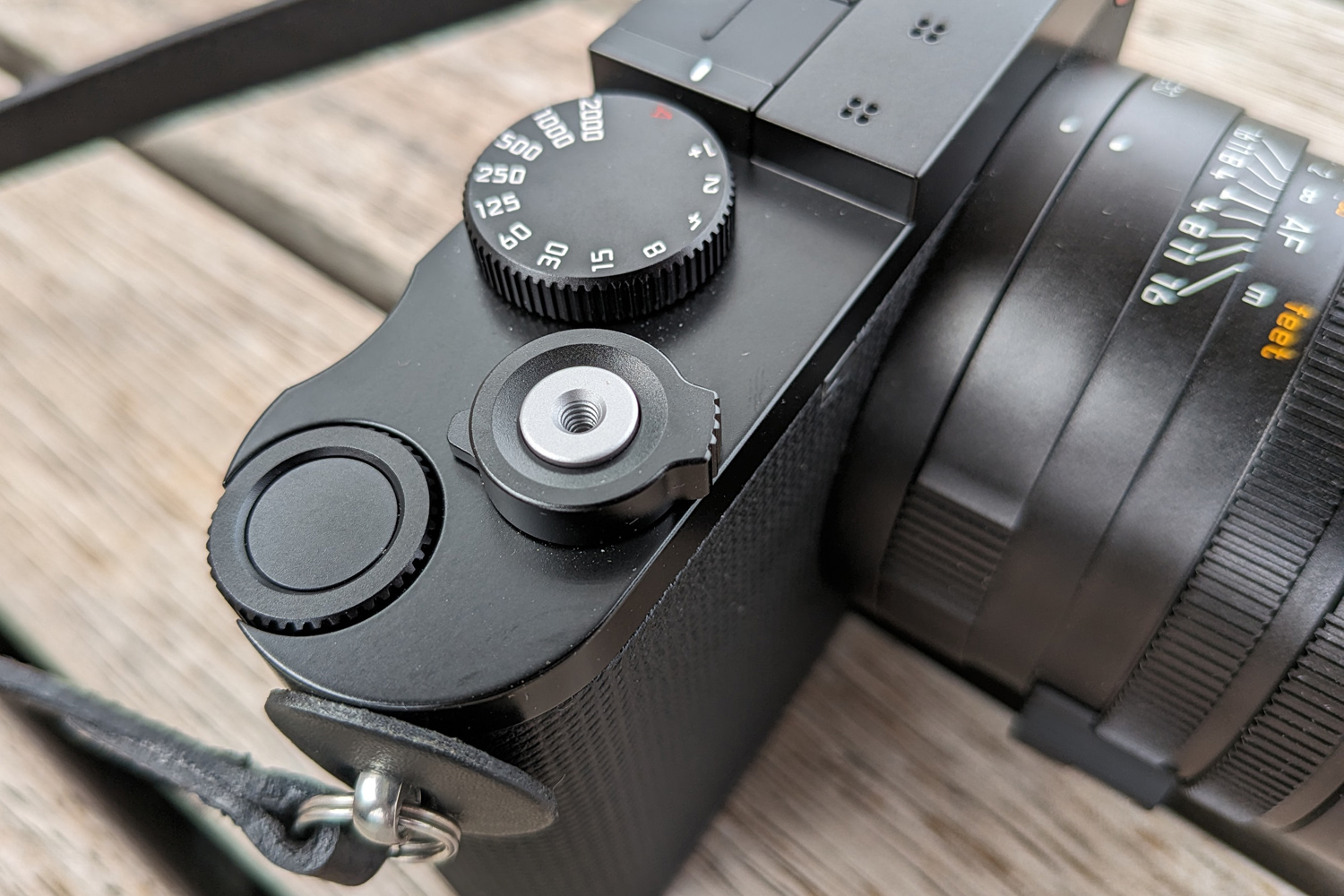
Leica forged its reputation with tough cameras that could survive rainforests and warzones. We didn’t head anywhere quite so treacherous for our testing, but have no doubt the Q3 is equally sturdy. The whole thing is machined from metal and feels satisfyingly hefty – without carrying so much weight you’d want to avoid carrying it around your neck with the bundled leather strap. It’s also weather sealed and IP52 rated for dust and water resistance, so should cope just fine in a light drizzle.
It borrows styling from past Leicas, with the signature red dot logo in the top corner and a split-level top plate pushing all the buttons and dials to one side. There’s an indented thumb grip at the rear and a textured finish up front to give you something to hold on to, although comfort isn’t king until you’ve added an optional thumb rest. Calling the Q3 compact is a stretch, though, given it’s as big as most mirrorless system cameras.
With aperture and focus control found on the lens barrel, there’s just a shutter speed dial, shutter button and custom dial up top, plus a hot shoe mount for adding an external flash. The shutter button sits over the power switch, and is threaded for adding a soft shutter release. Two custom buttons on the rear default to swapping between photo and video, and digital zoom, but you can change ’em easily enough through the settings menus.
Most of the rear is taken up by the screen, with just a four-way control pad, Play and Menu buttons at the side for navigation. It’s minimal, but that suits Leica’s approach nicely.
Features & battery life: day in the life
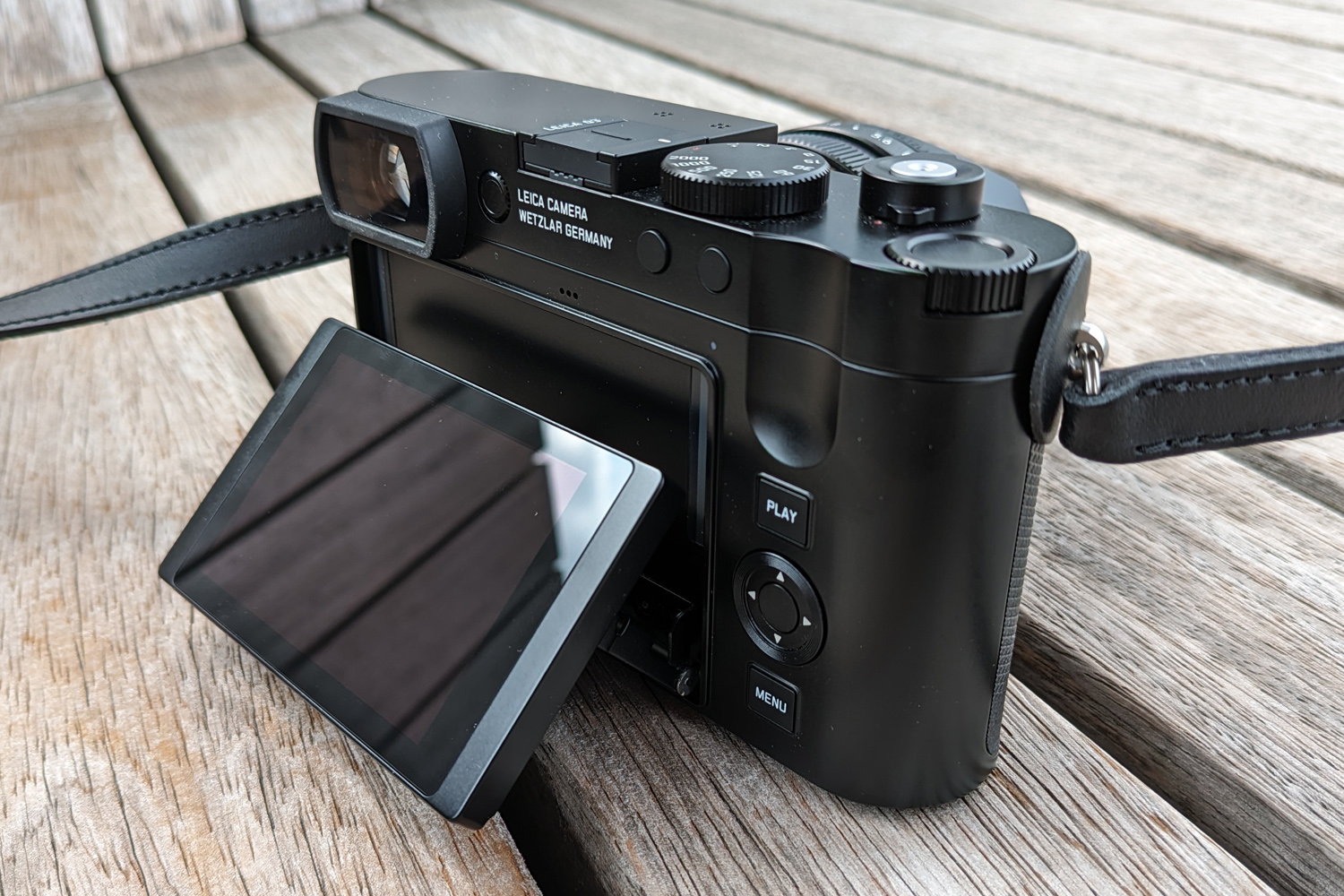
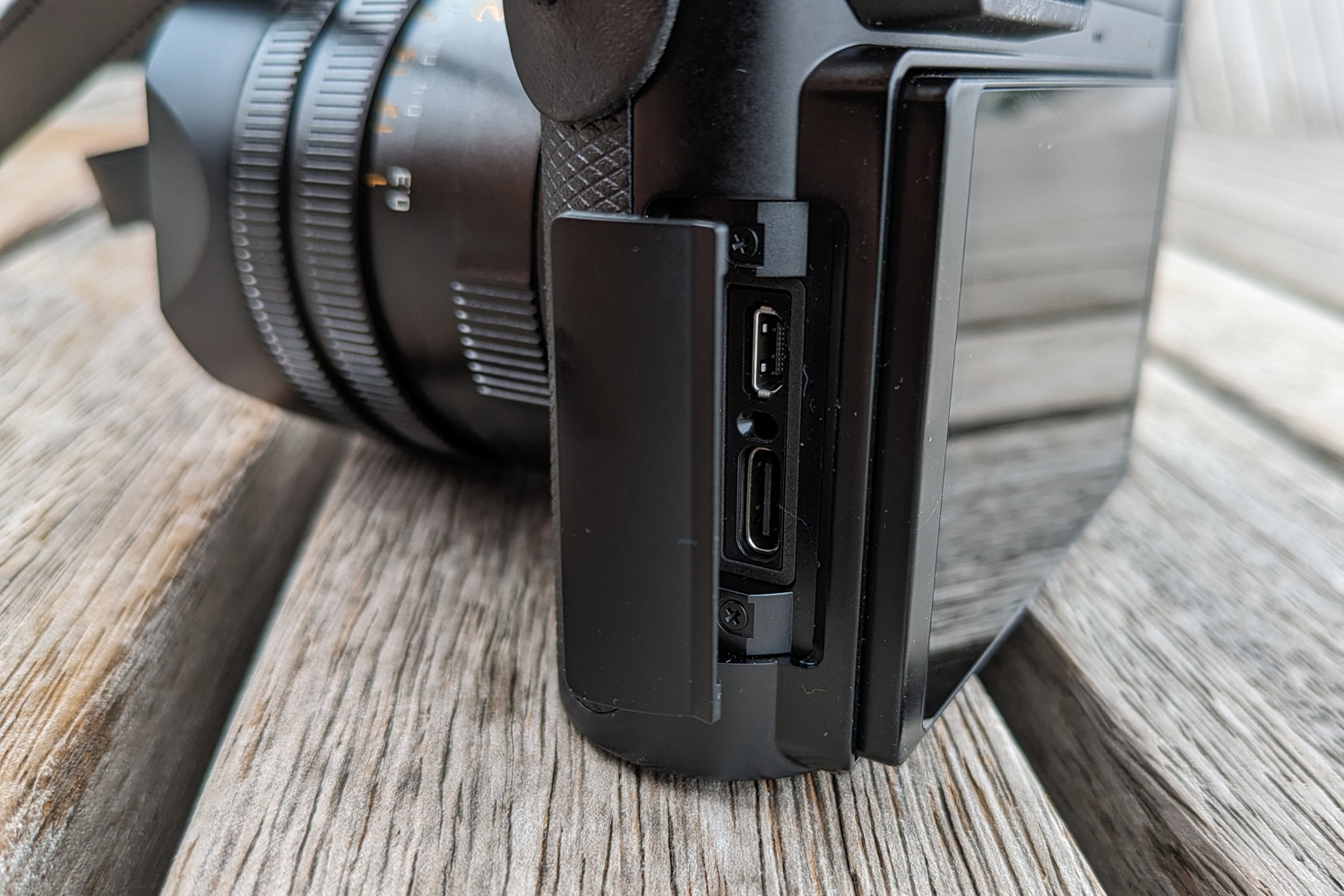
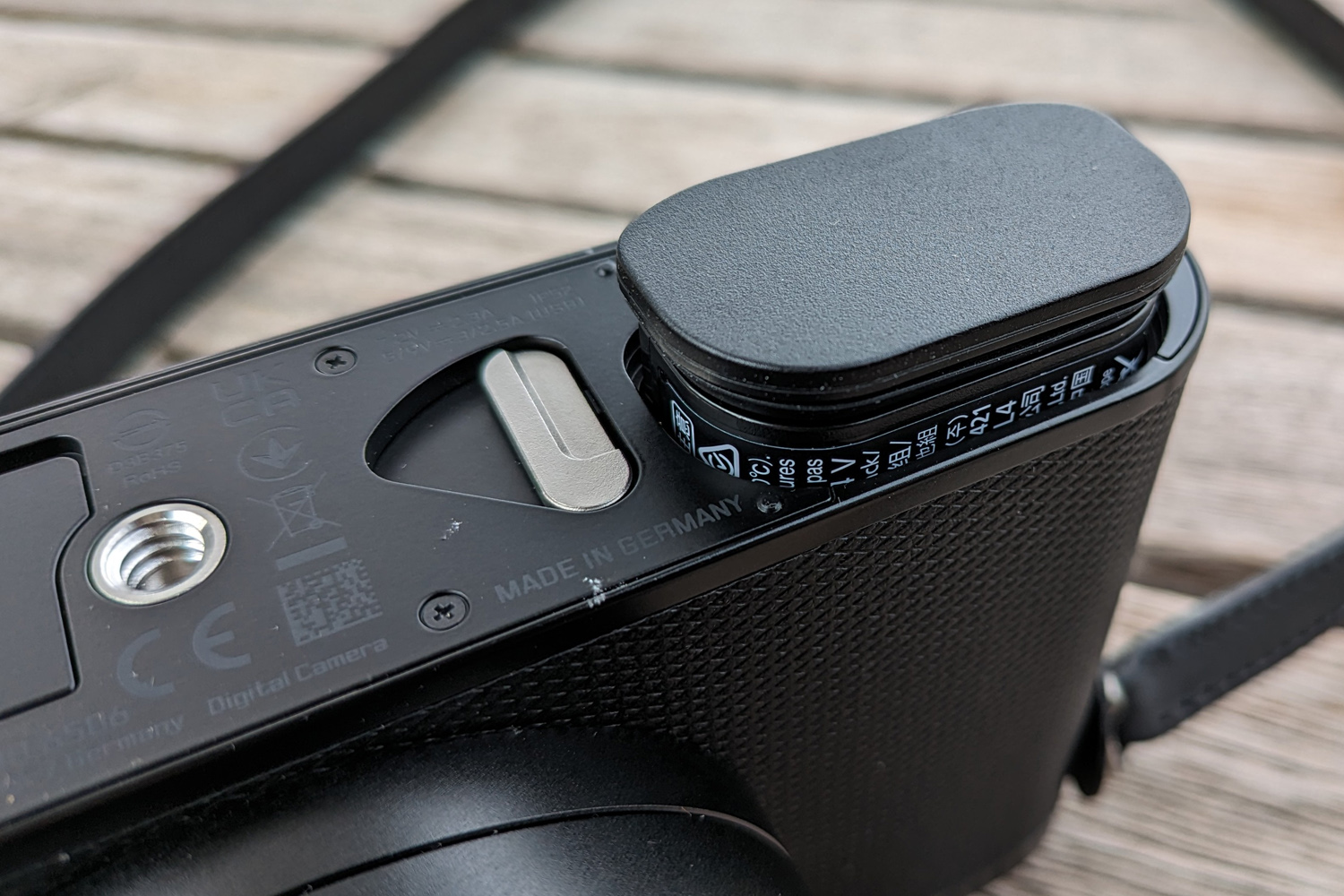
The 3in touchscreen gains a tilting mechanism, which gives the Q3 added versatility over the fixed-screen Q2; we could shoot at high and low angles much more easily, and found it helped us stay incognito when shooting street scenes. It doesn’t flip out for selfies or vlog-style videos, but that’s not a shock given Leica’s target audience of mainly stills shooters. The screen itself is wonderfully sharp and is useful for adjusting focus points while shooting, but you’ve got to use the physical buttons to get around the menus.
There’s no rangefinder setup here like you’ll find on more traditional Leica cameras, but the OLED viewfinder is the perfect replacement. The 5.76million-dot resolution is brilliantly crisp, and the 120Hz refresh rate ensures you’re seeing everything as it happens, with almost zero latency.
There’s no internal storage here, just a single UHS-II SD card slot. We were surprised Leica didn’t make the leap to CFexpress, given the Q3’s ability to shoot 8K video. Clips will be limited to just a few minutes apiece, unless you bolt on an external SSD. Burst stills shooting maxes out at 40 JPEG frames.
There’s USB-C and micro-HDMI connectivity at the side, but no microphone port. Leica will instead release a future firmware update that’ll handle audio input through a USB-C dongle, and until then reckons you’re better off with an external recorder.
Battery life is largely respectable, coming very close to Leica’s 350-shot estimate after a day of thorough testing. We’ve seen similarly-sized CSCs with more juice, but none that’ll recharge wirelessly; Leica’s official charging plate and hand grip add around £330 to your bill, or you could just buy the latter and use it on any Qi charging pad.
Performance: oh so stable
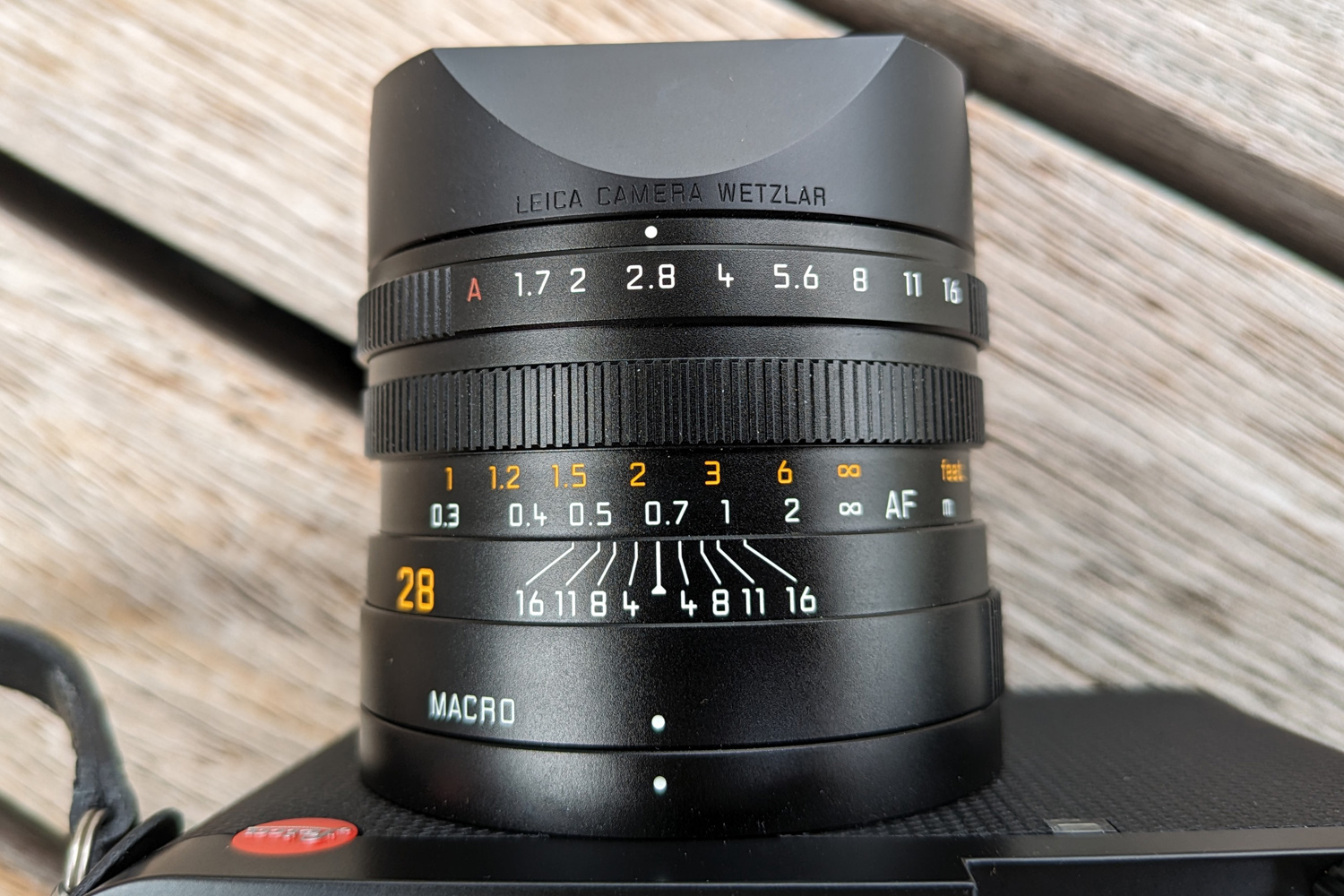
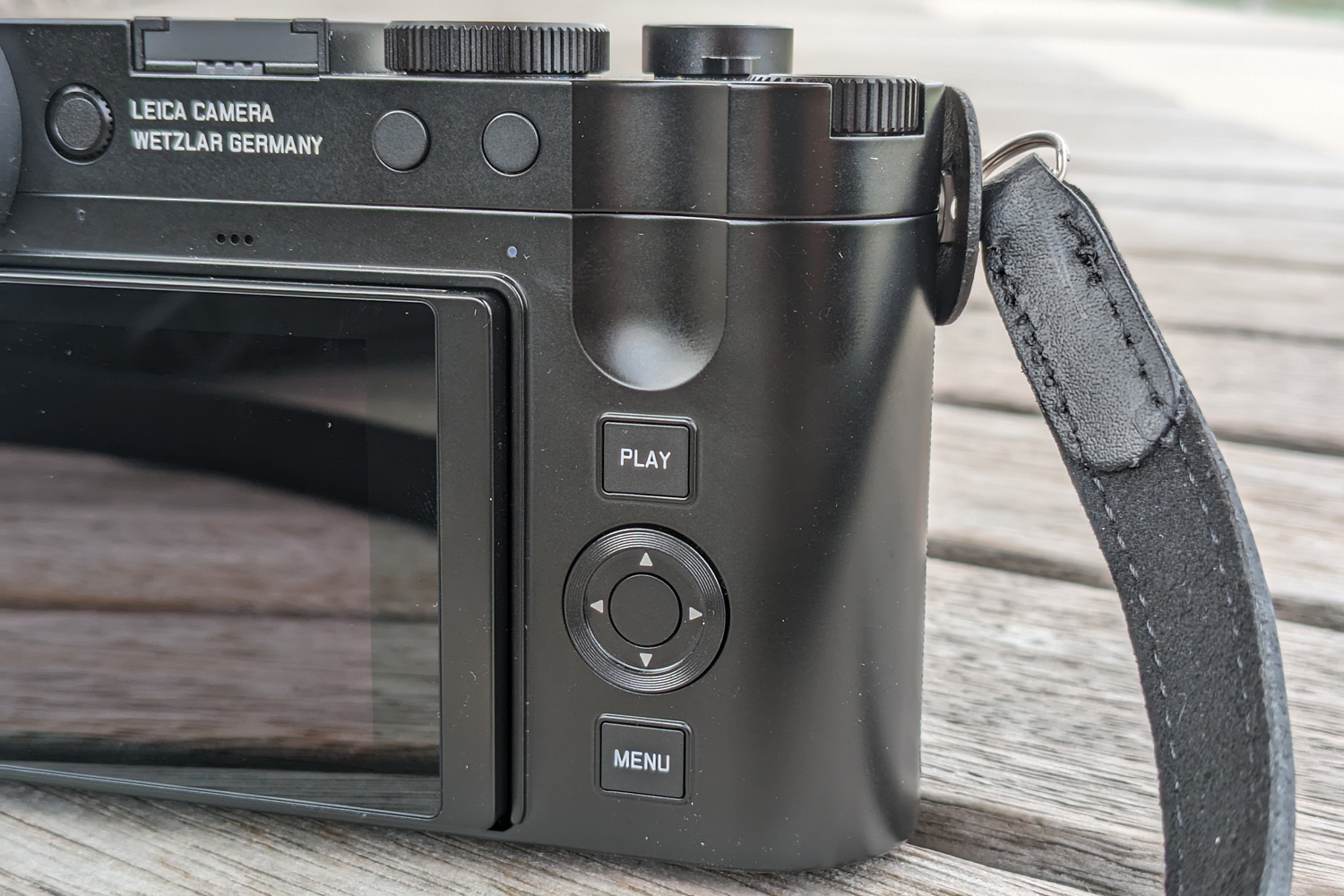
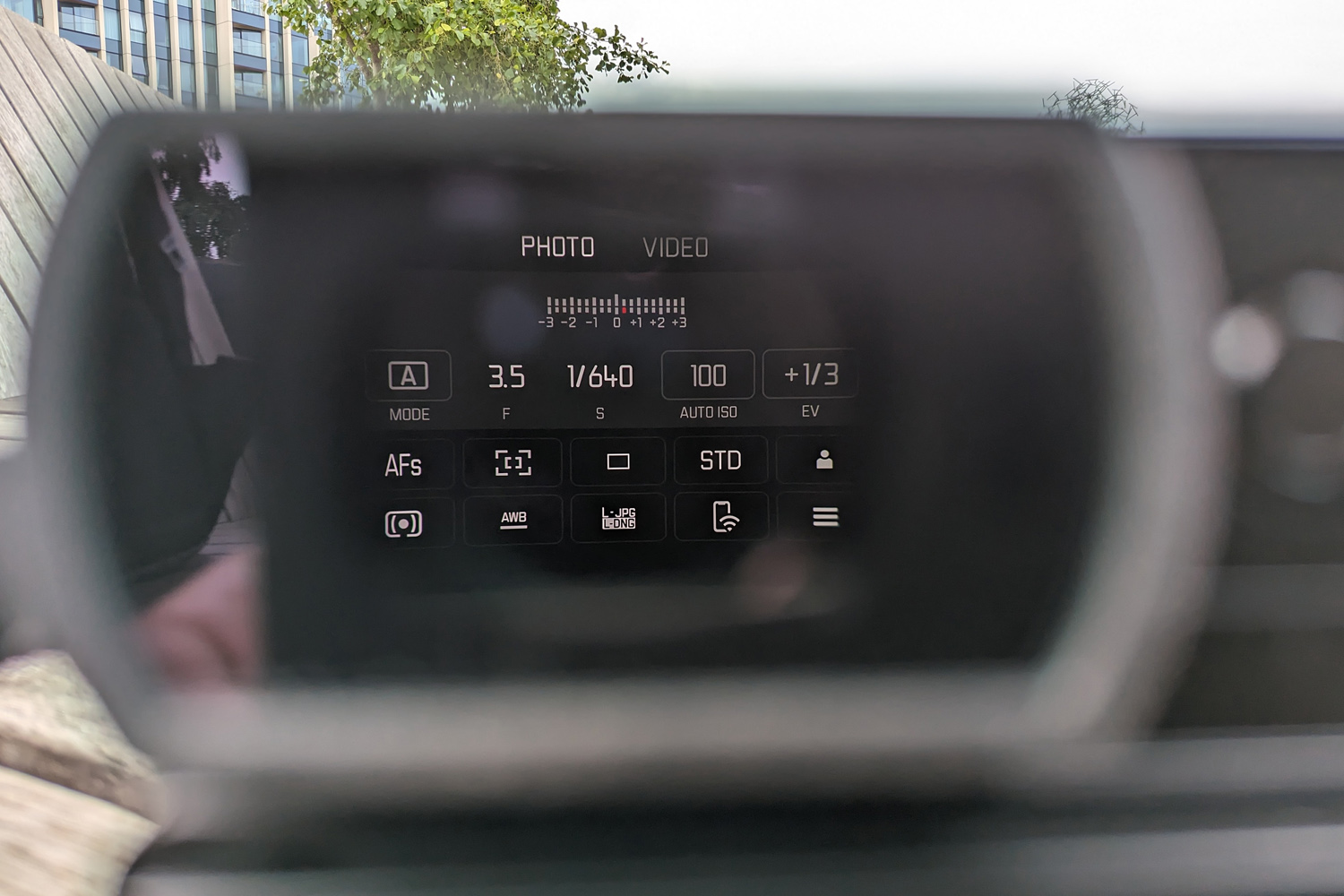
The 28mm lens is plastered in focus distance and aperture markings, with multiple notched control rings that are wonderfully tactile. A tiny button unlocks the manual focus ring and disables autofocus completely until you click it back into place. Twist the Macro focus ring and the whole thing shifts inwards, lowering the minimum focus distance from 30cm to 17cm and uncovering a second set of focus distances. But that’s only half the story.
Press the digital zoom button and the sensor will crop to replicate the 35, 50, 75 and 90mm focal lengths. The EVF and touchscreen always shows the full sensor’s output , with thin framing lines appearing as you digitally crop in. They’re subtle, so easy to miss when you’re in a hurry to get a fleeting shot, but with RAW+JPEG the .DNG file will always save the full, uncropped version.
Officially the Q3 can rattle off frames at 15fps, but only when using the electronic shutter, which locks focus to the first frame. The mechanical shutter gets continuous autofocus, but drops down to 4fps. This camera is definitely more for street photography than sports.
Autofocus performance is incredibly consistent, using a mix of phase detection, contrast autofocus and subject detection to rapidly lock onto people and faces. Bird and animal detection is new, but isn’t quite as snappy, and often confuses static objects for animals.
The Q3 maintains its speedy performance when you pair it to the Leica Fotos app. Few cameras get smartphone companion apps right, being sluggish to connect or transfer files, but Leica has worked some magic here; photos are beamed over Wi-Fi very quickly indeed, and the app isn’t filled with extra features you’re never going to use. It can also act as a remote shutter, and apply OTA firmware updates without the need for a PC.
Image quality: that Leica look
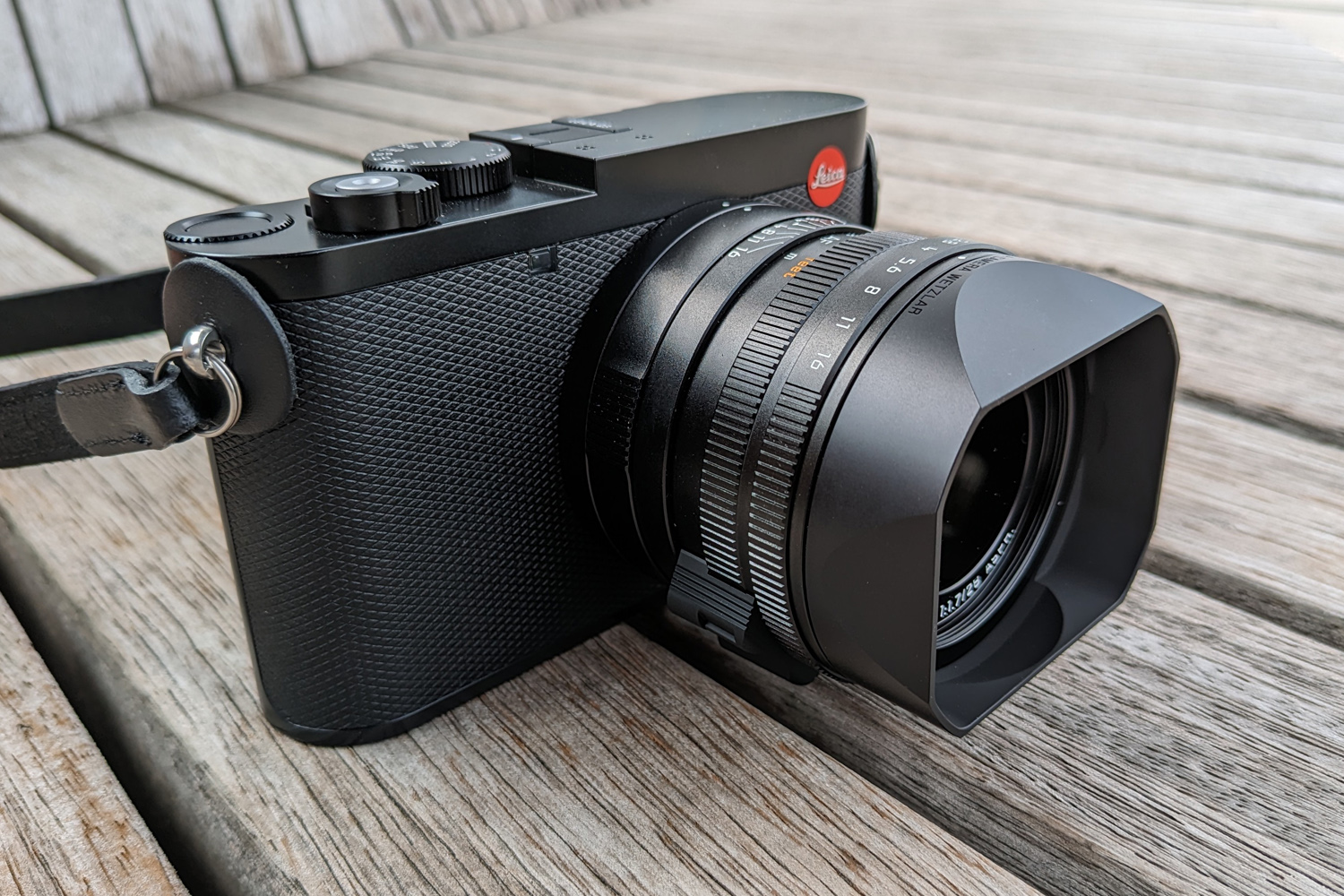

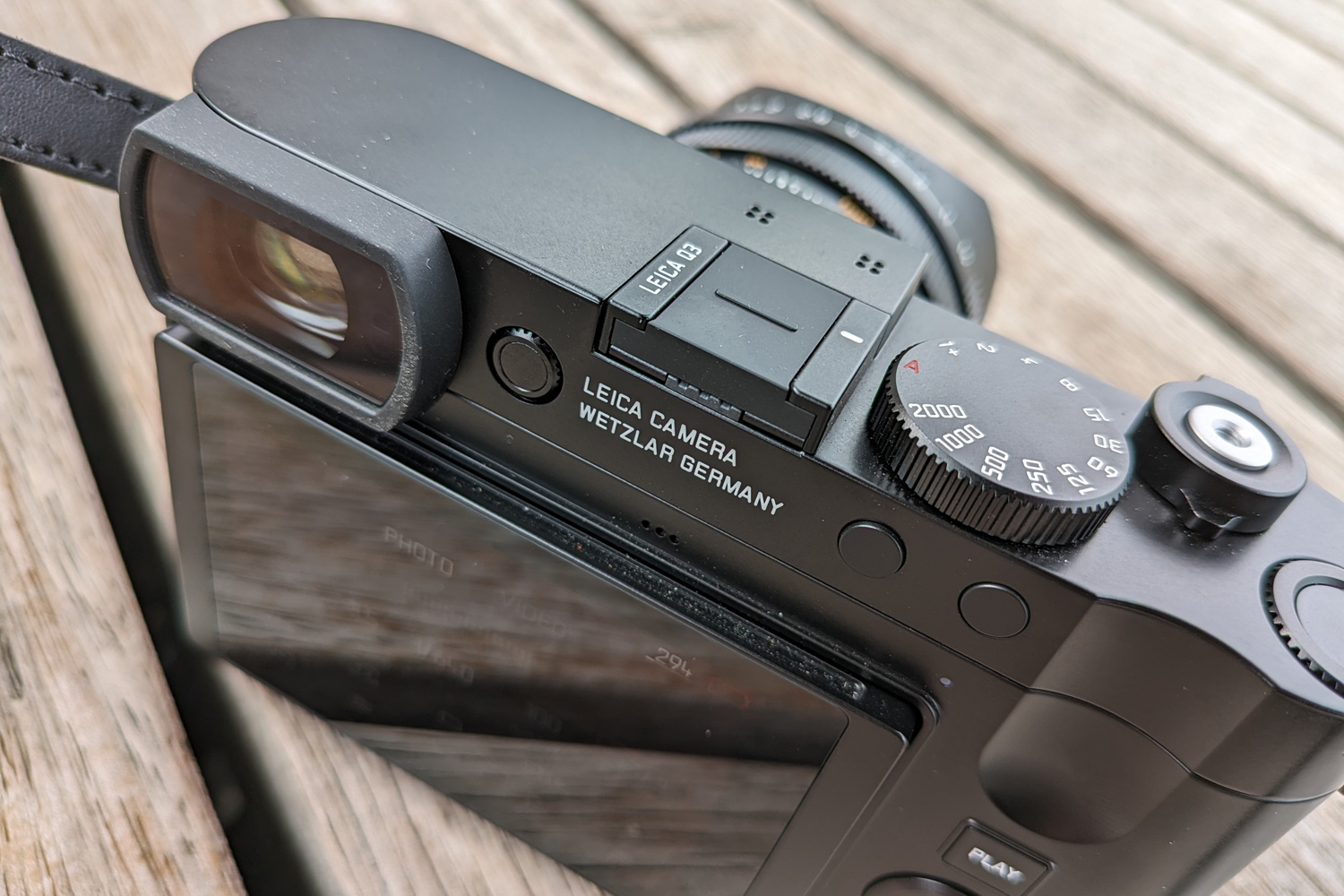
With an f/1.7 aperture lens, the Q3 delivers seriously dreamy depth blur. Portraits and close-ups were always pin-sharp at the focus point, while appearing delightfully defocused everywhere else. Step down to f/8 onwards and you can expect sharpness across the entire frame.
Leica’s Maestro IV image processor delivers DNG RAW files that are bursting with colour, and while JPEGs are a little more muted in the default colour profile, both stay true to life. Sharpness and dynamic range are very well controlled, and the 60MP full-frame sensor captures a superb amount of detail. You’re able to downsample your shots to 36MP or 18MP if you want to keep file sizes in check, with no loss of quality.
There’s next to no noise in daylight conditions, and low-light snaps up to ISO 6400 still look rather tidy, with just a small amount of grain appearing. It comfortably competes with full-frame rivals for clarity, colour and consistency.
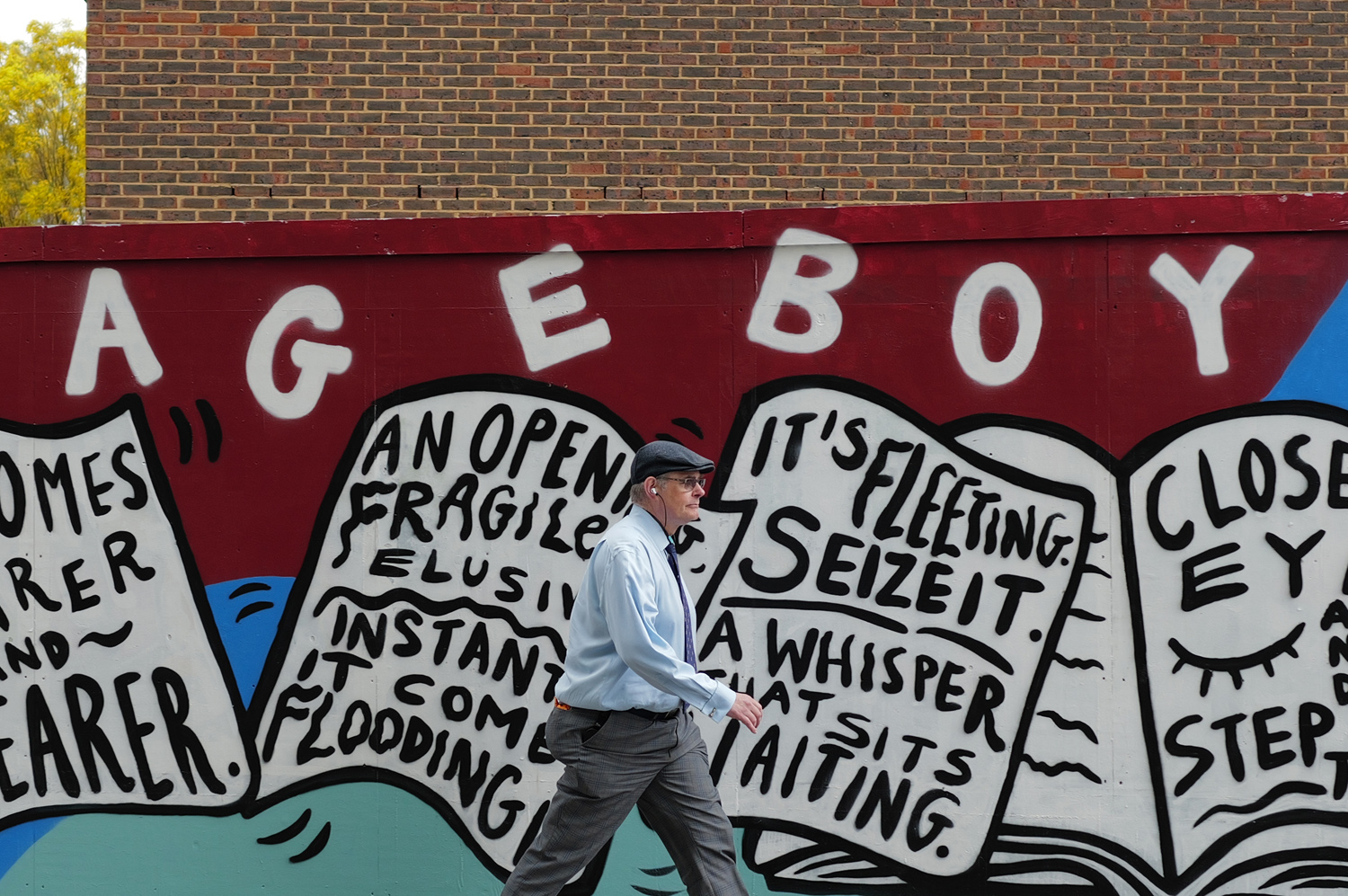
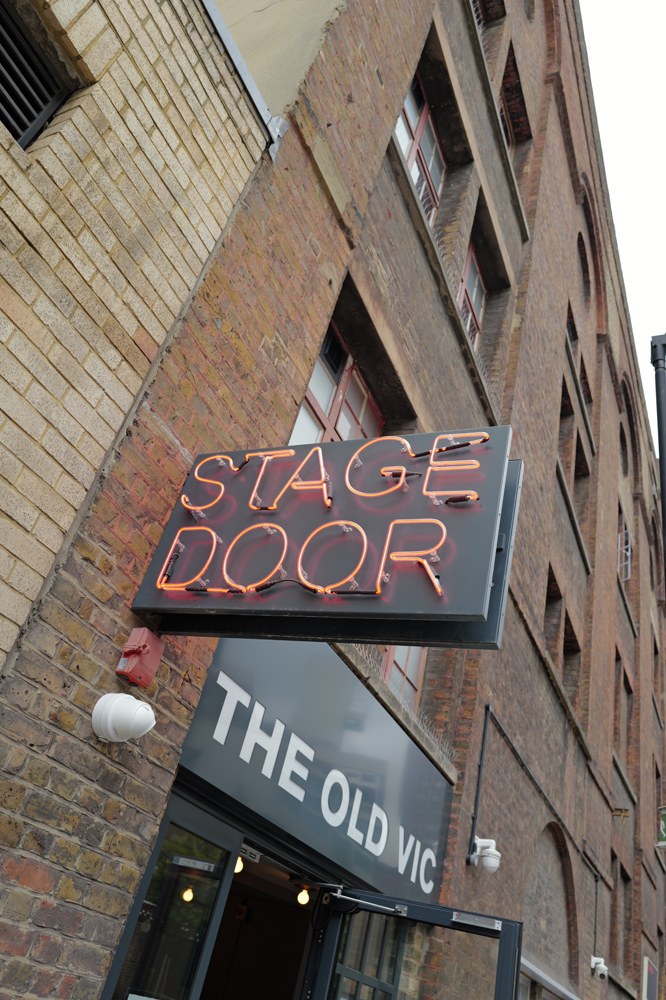
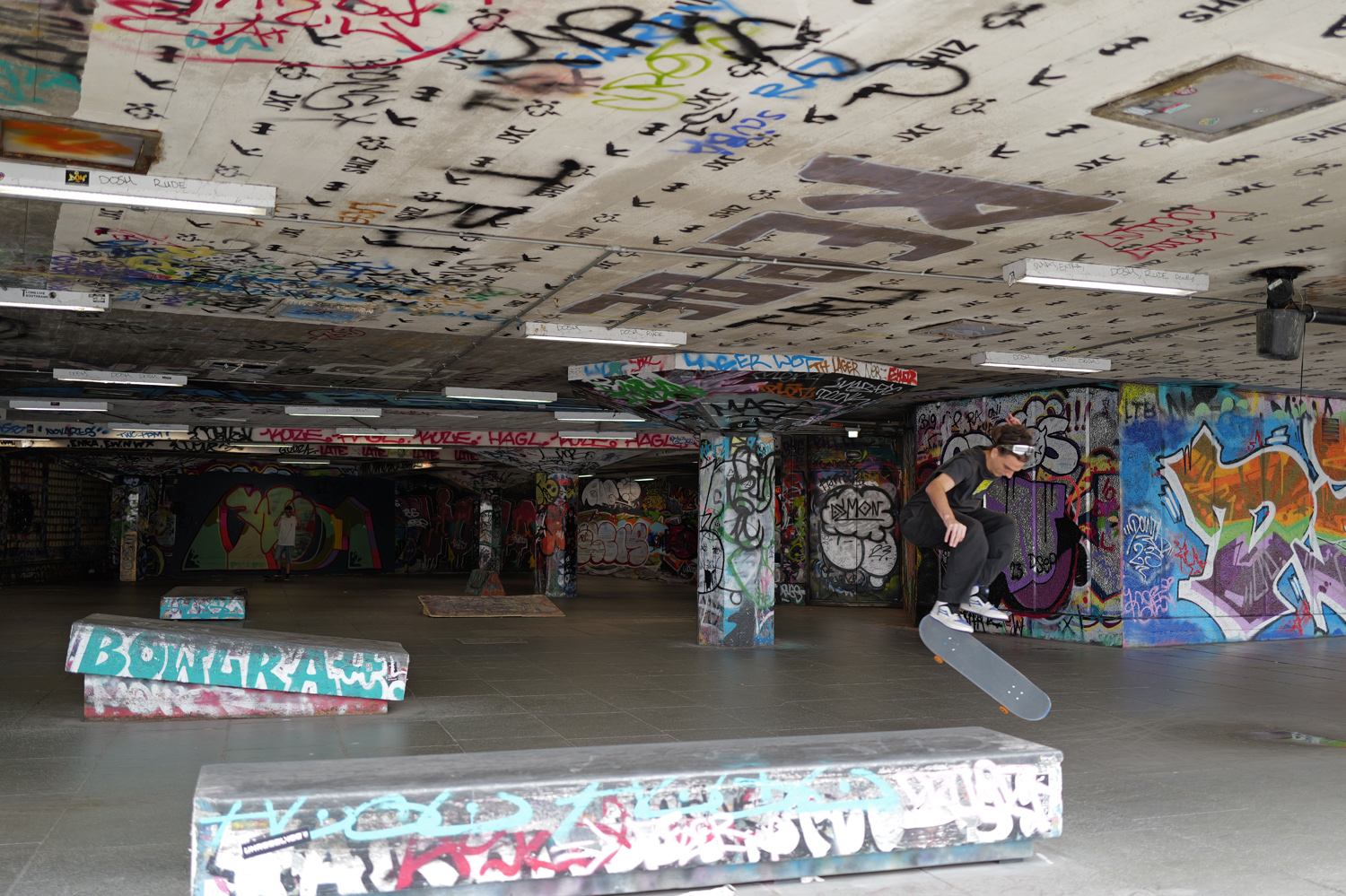
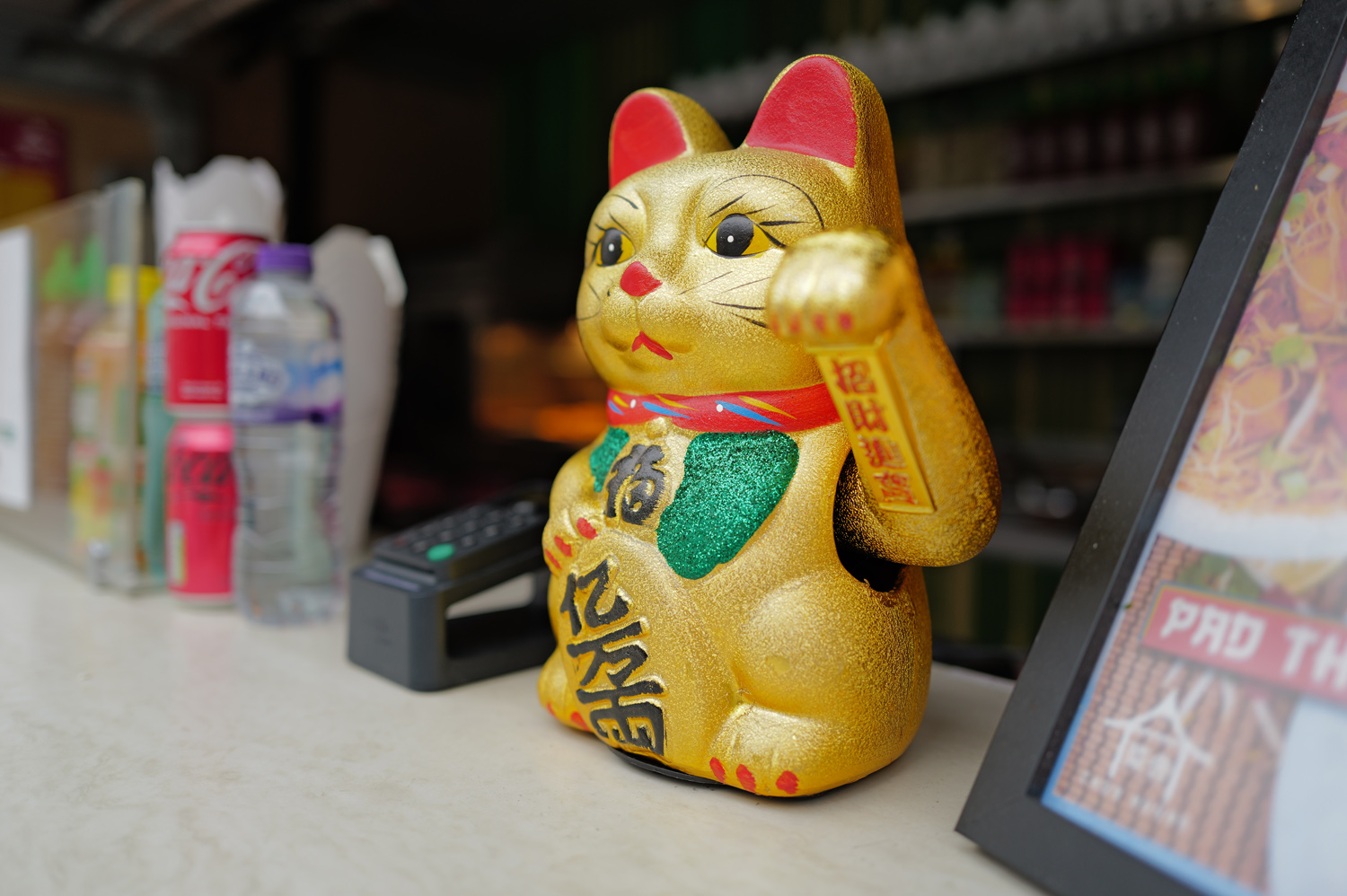
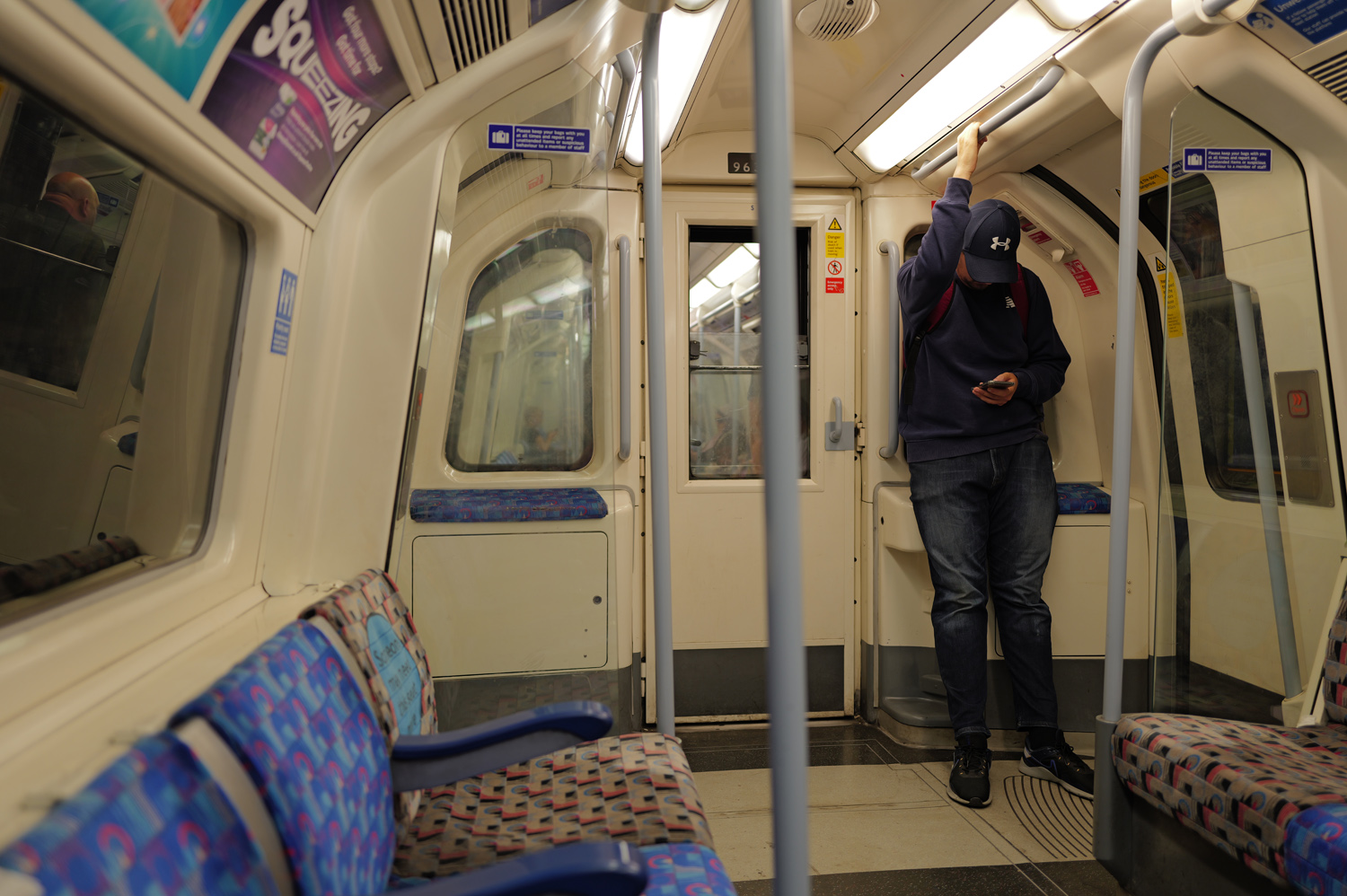


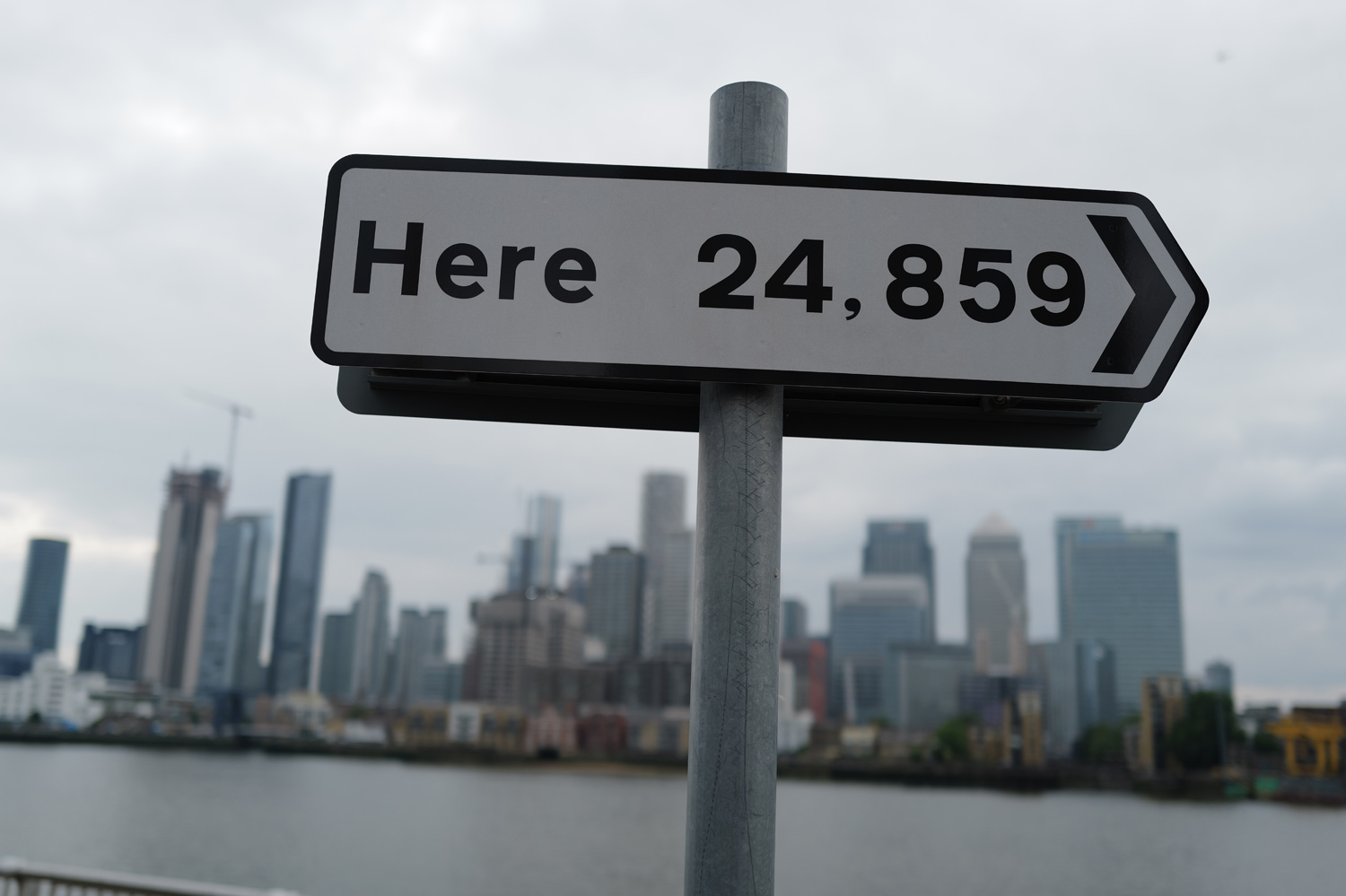
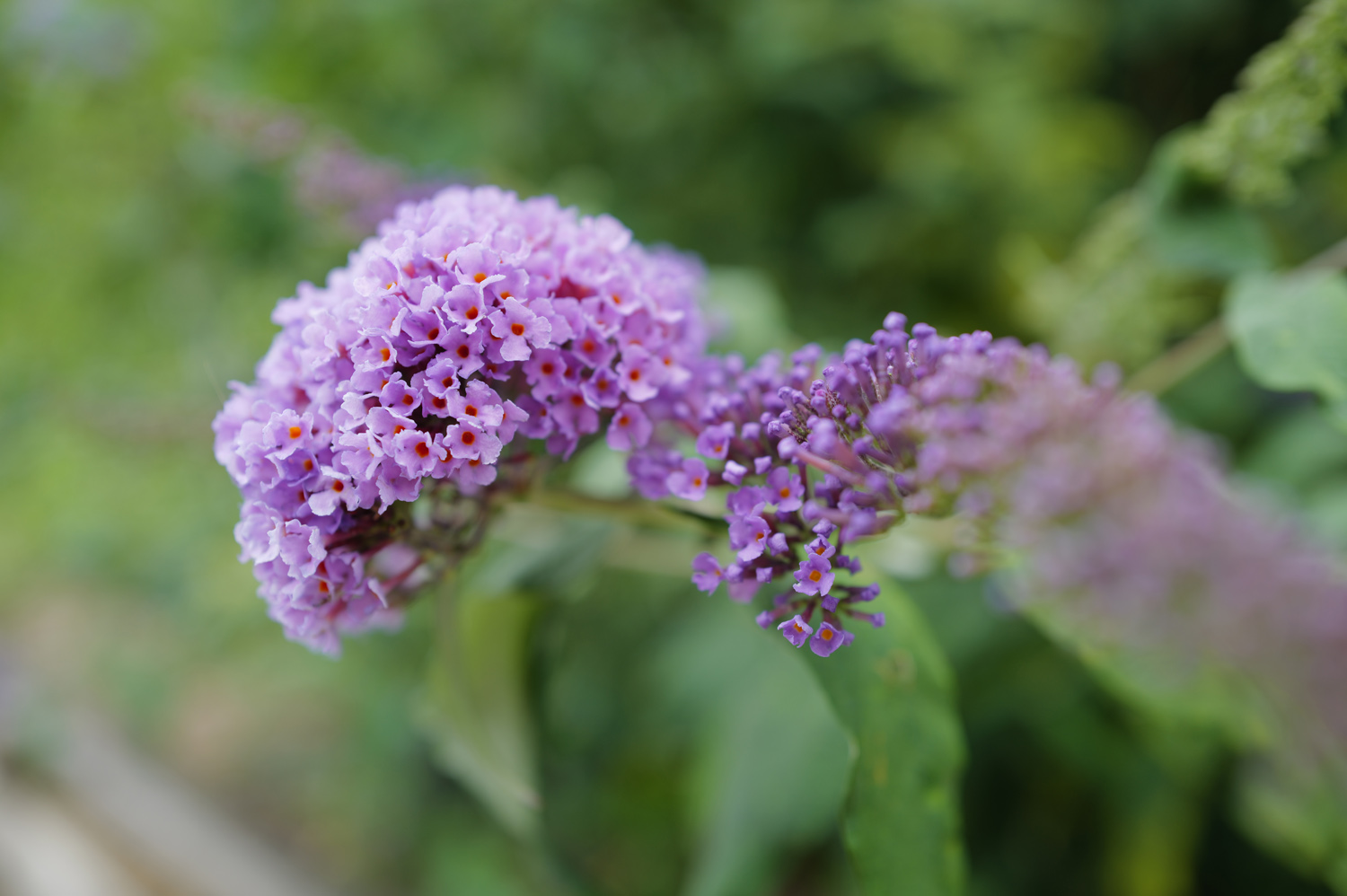


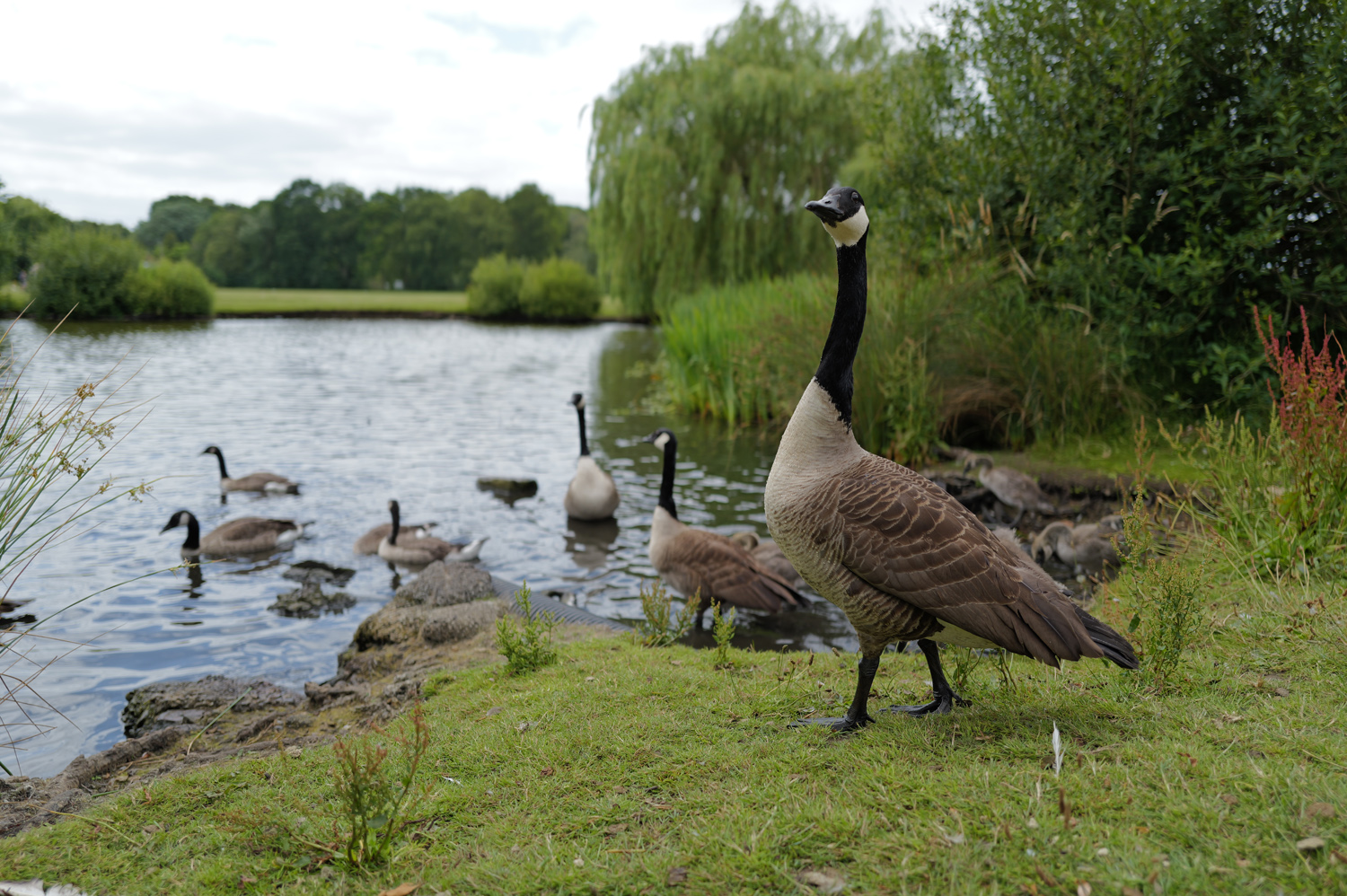

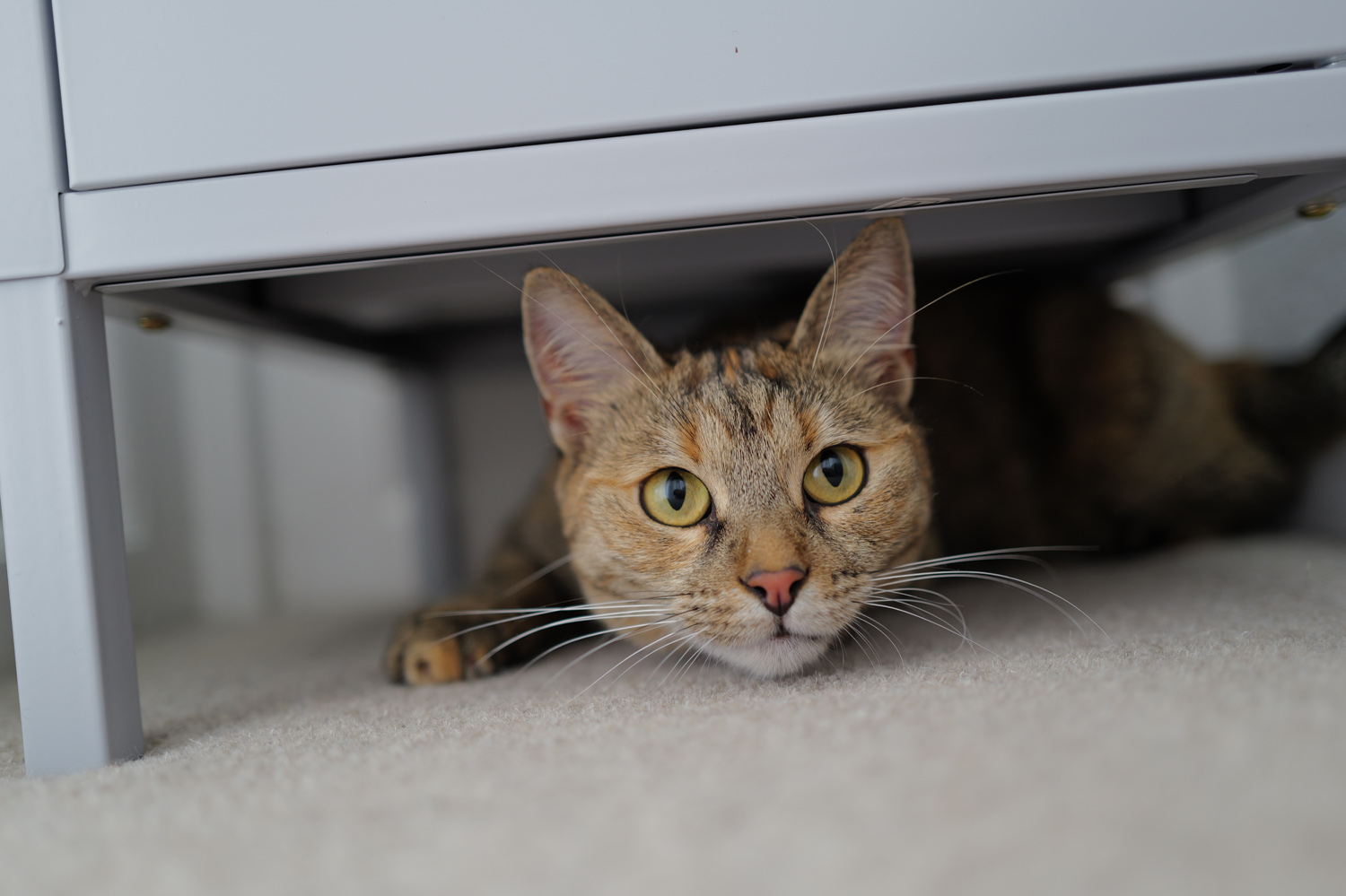

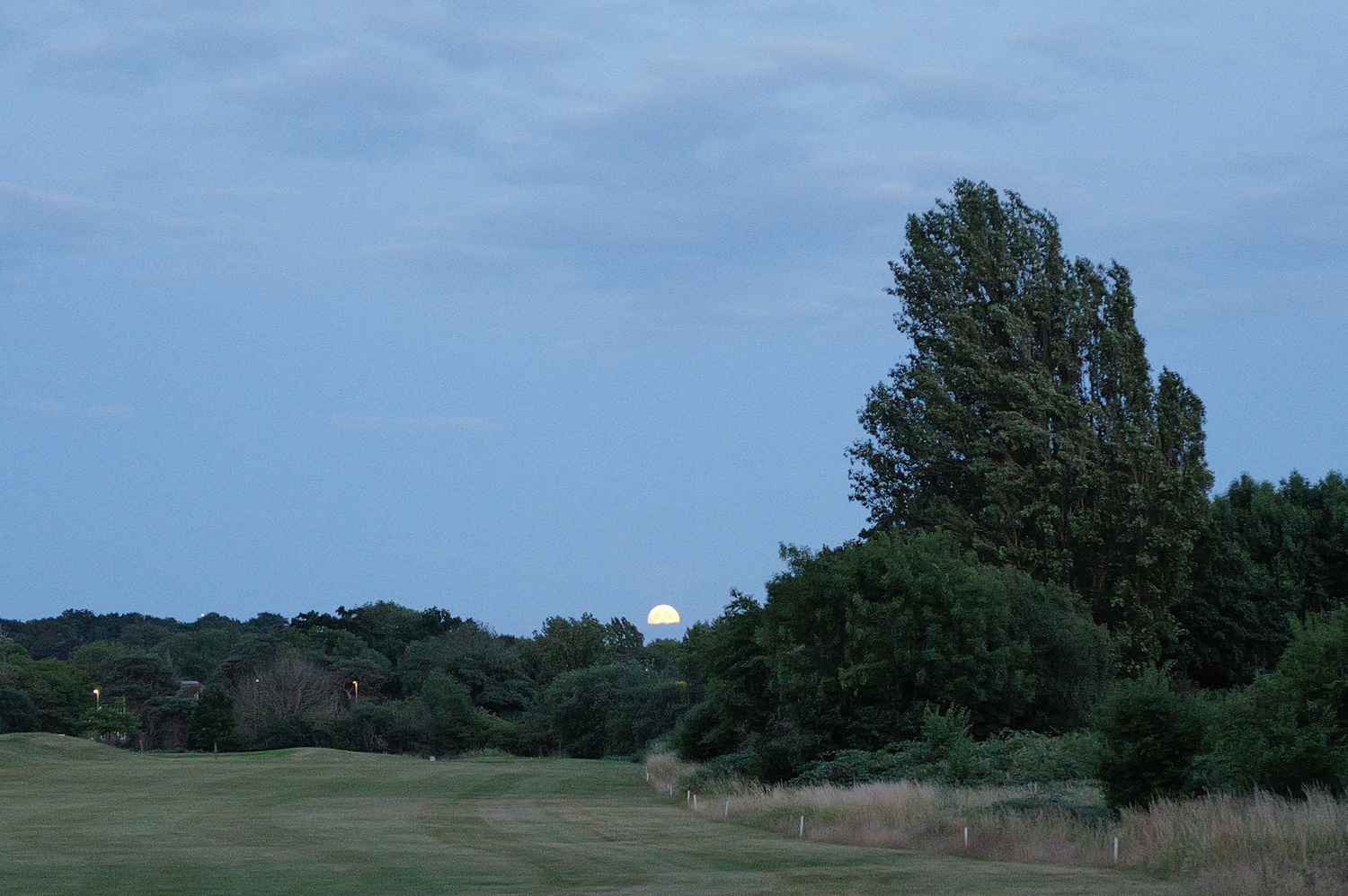
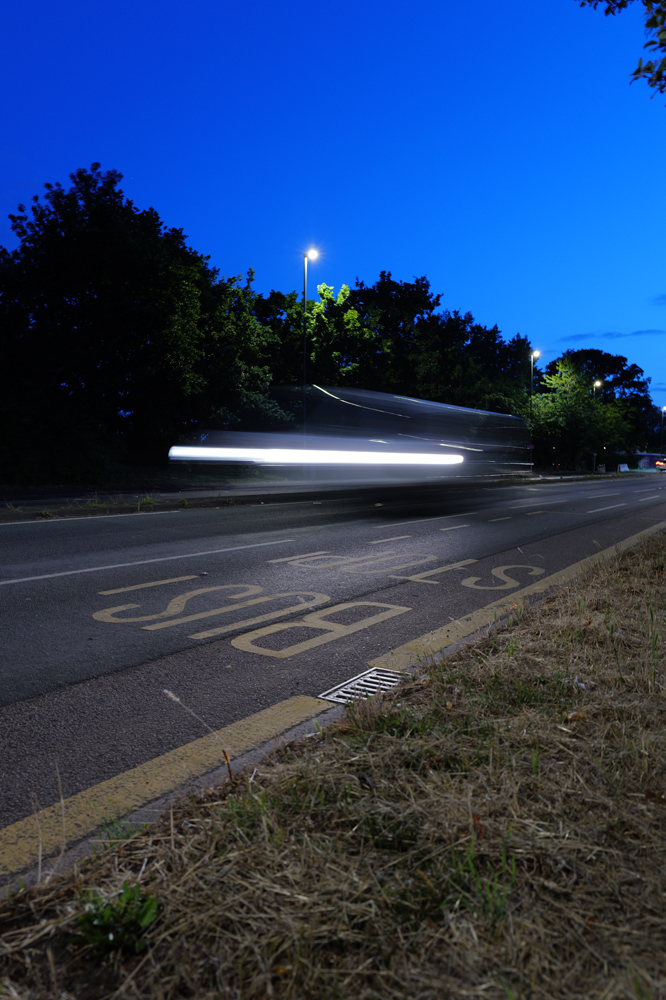
Being able to digitally crop into the frame with no major quality loss is a game changer. There’s no shift in focal length or depth of field, so you’re able to get blurry backgrounds from a surprising distance.
While pixel count does dip the more you zoom in, even at 8MP we found 90mm shots to be packed with detail. The resulting snaps are still more than big enough for social sharing, and lets you compose each shot in situ rather than cropping into your pics later while editing.
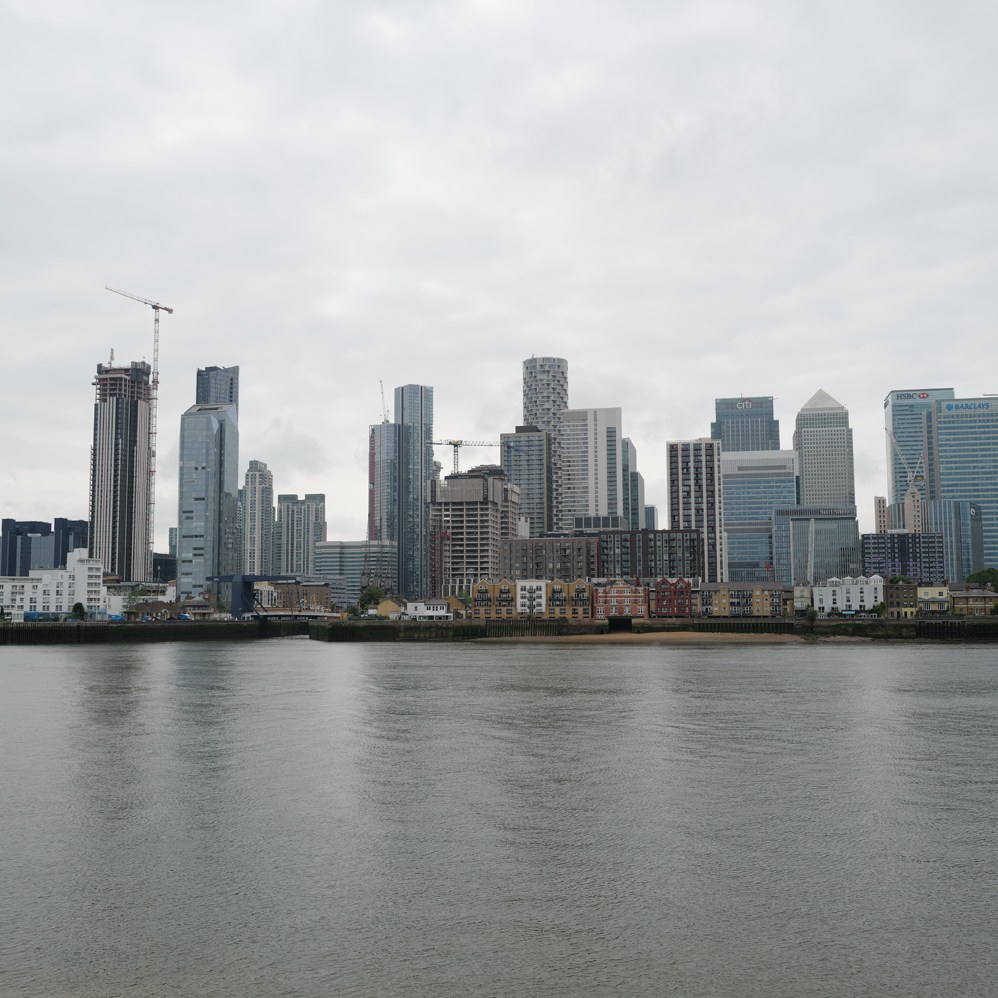
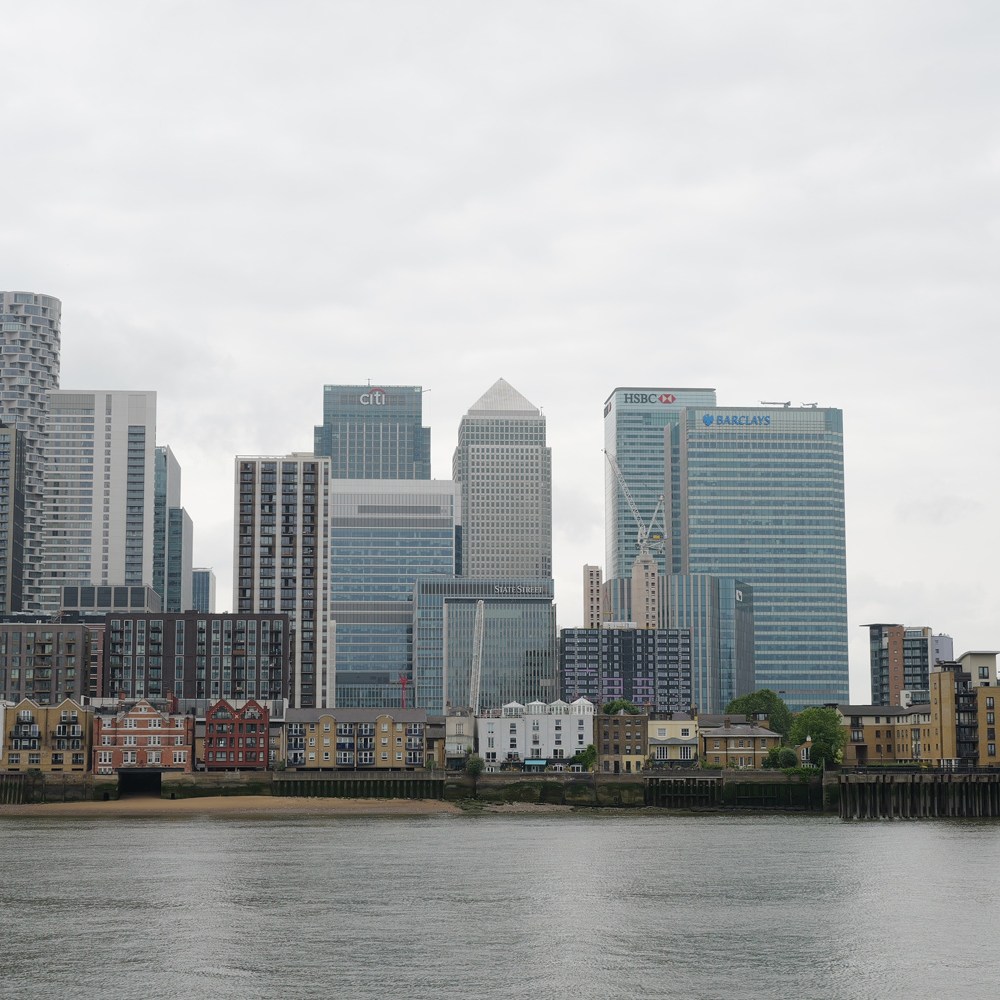
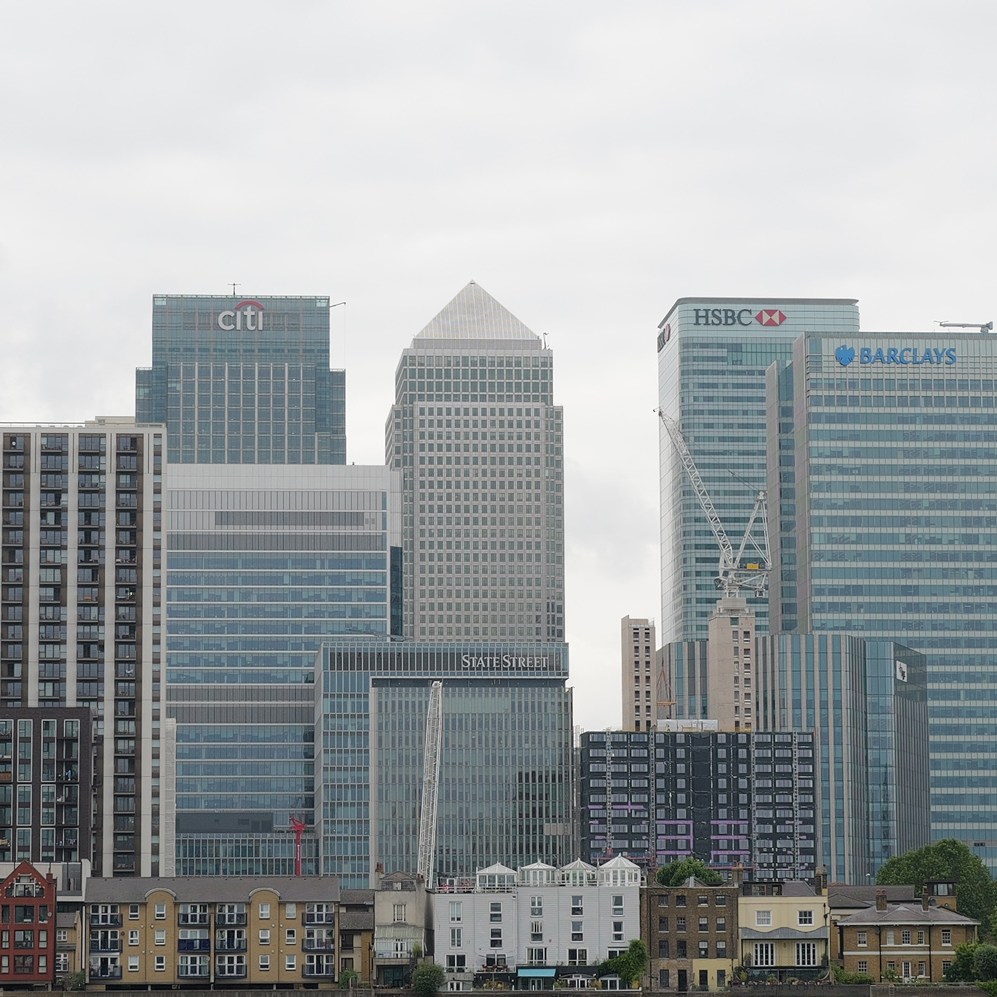
The Q3 has a handful of colour modes baked in, but you’ll need to pair it to your phone and download the Leica Fotos app to unlock the “Leica looks”. They aren’t trying to mimic specific analogue film, like the film simulation modes found on Fuji’s system cameras, and are far more nuanced than a basic Instagram filter.
The monochrome modes in particular give even the most mundane scenes real impact, and we love the classic preset’s willingness to overexpose when shooting on auto. It does a convincing impression of a 35mm print. Leica Blue is more situational, but the moody hue it adds to your shots can be very distinctive. By shooting RAW+JPEG you can still edit the originals later.
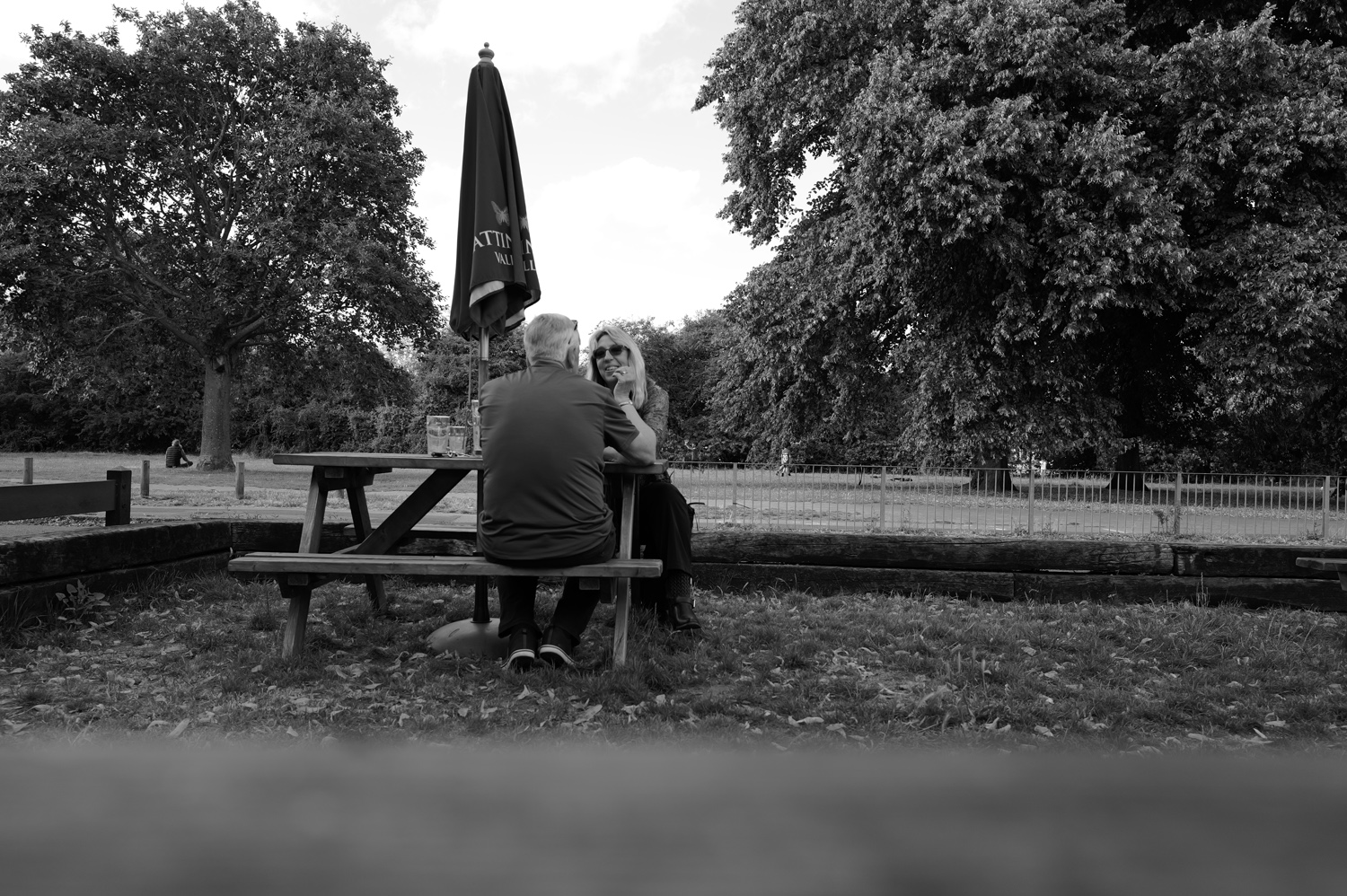
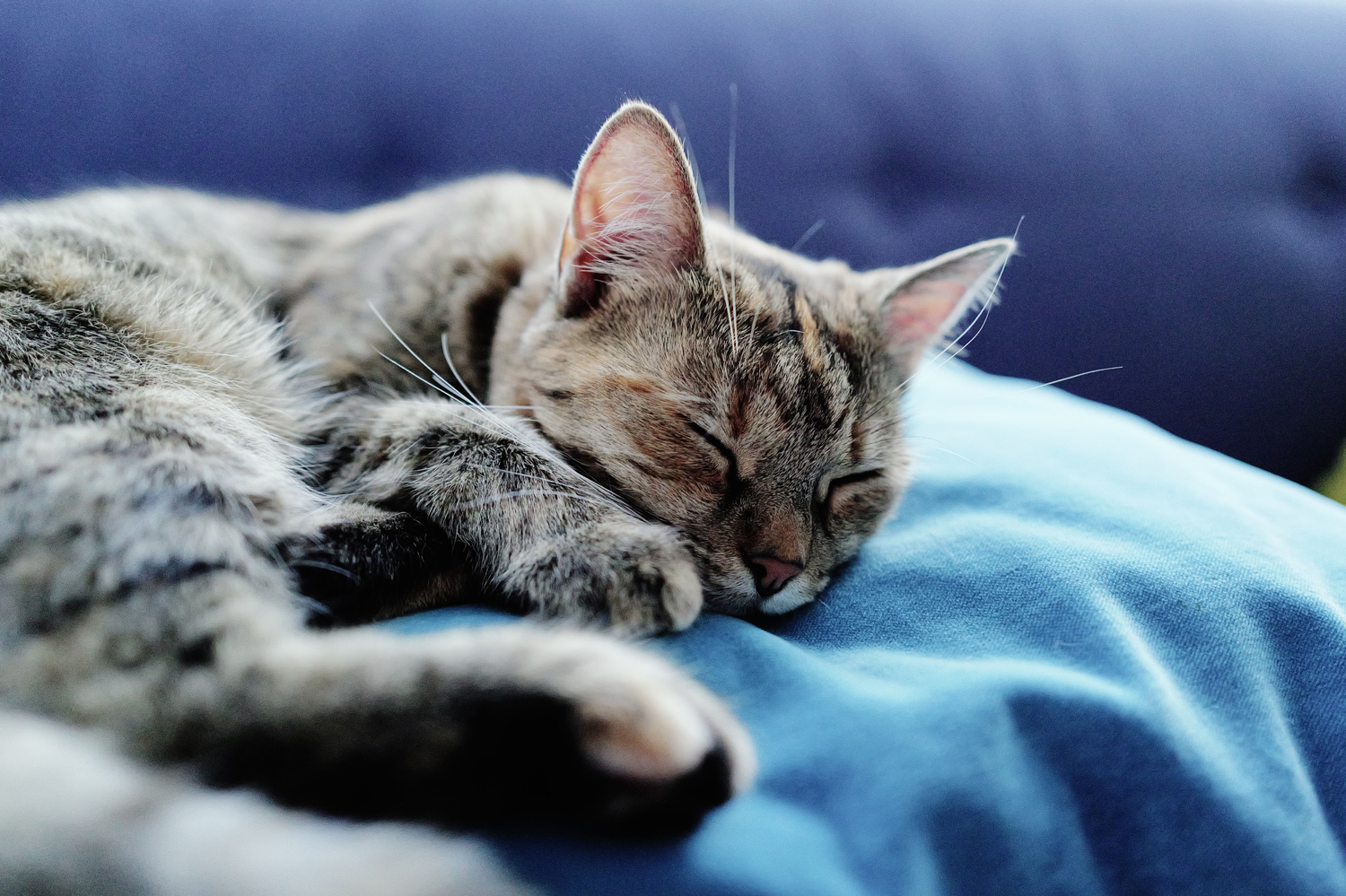
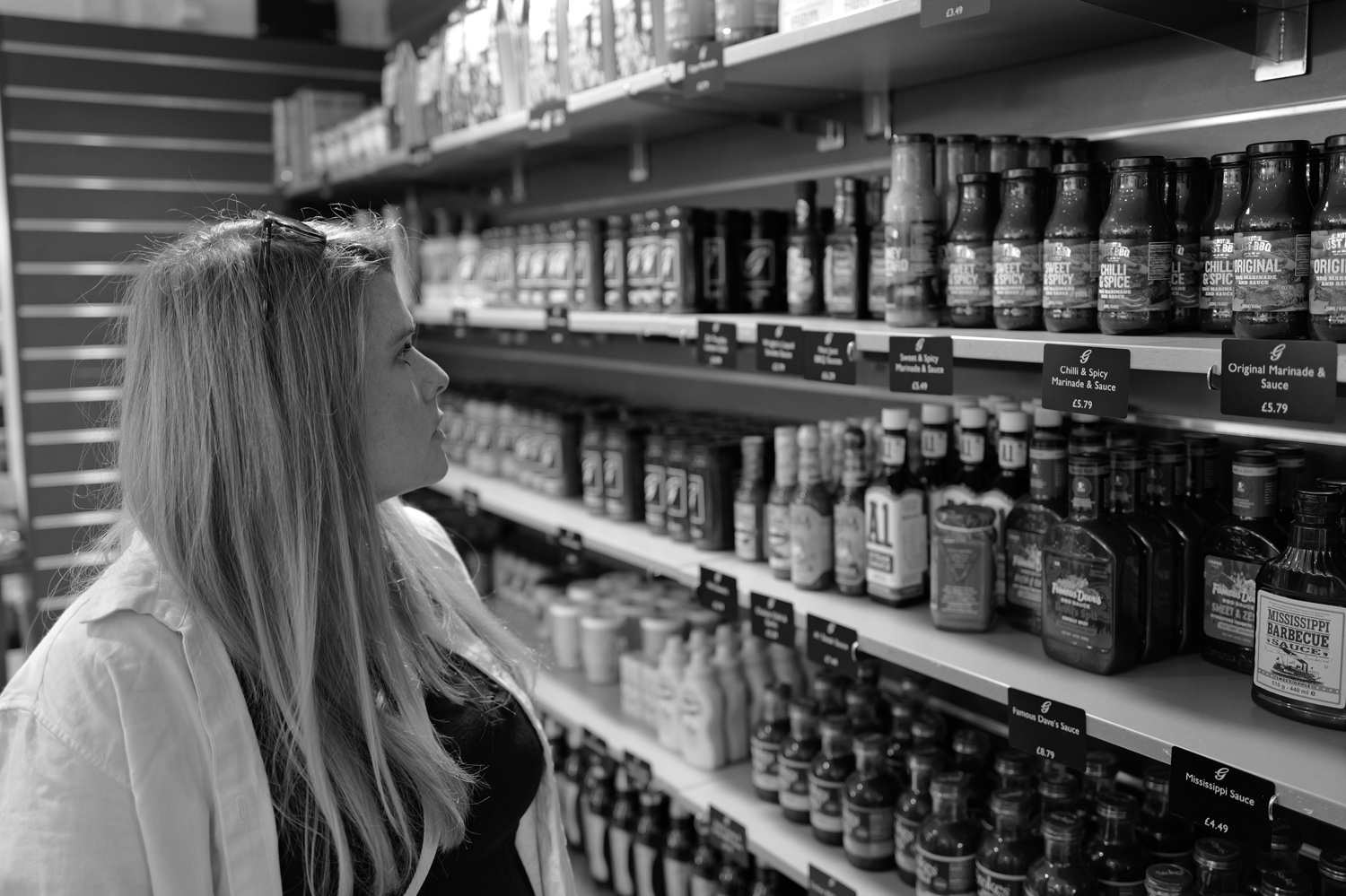
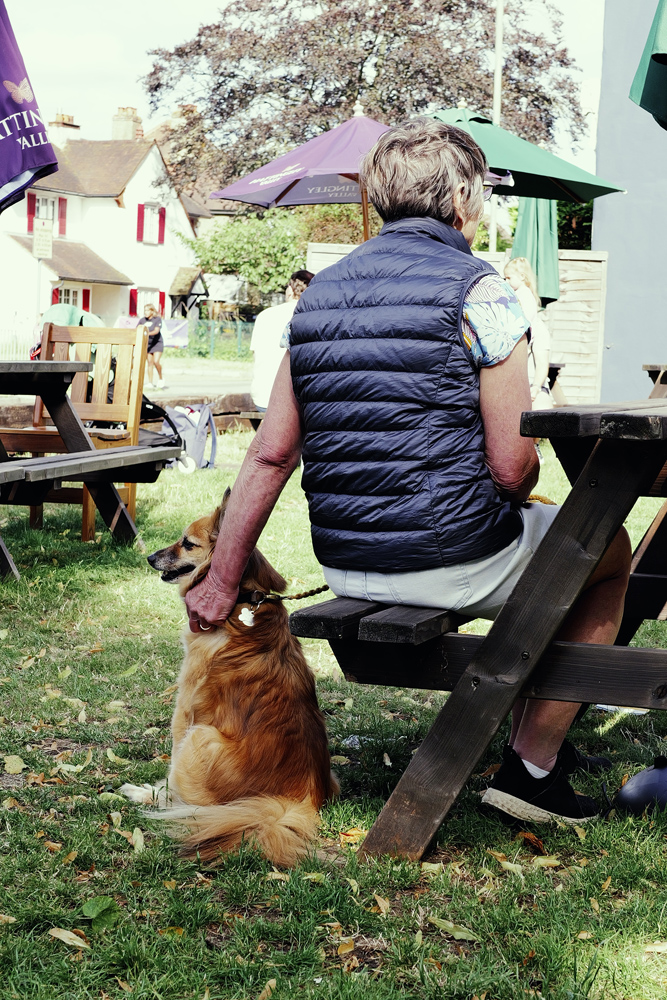
It’s not primarily a video camera, but the Leica Q3 still captures clean and detailed footage with excellent dynamic range. The omnidirectional mic picks up a fair bit of wind noise, and autofocus isn’t quite so speedy, often hunting for focus and shifting subjects, but in-body stabilisation is pretty effective and colour processing remains just as slick as it is for stills.
Leica Q3 verdict
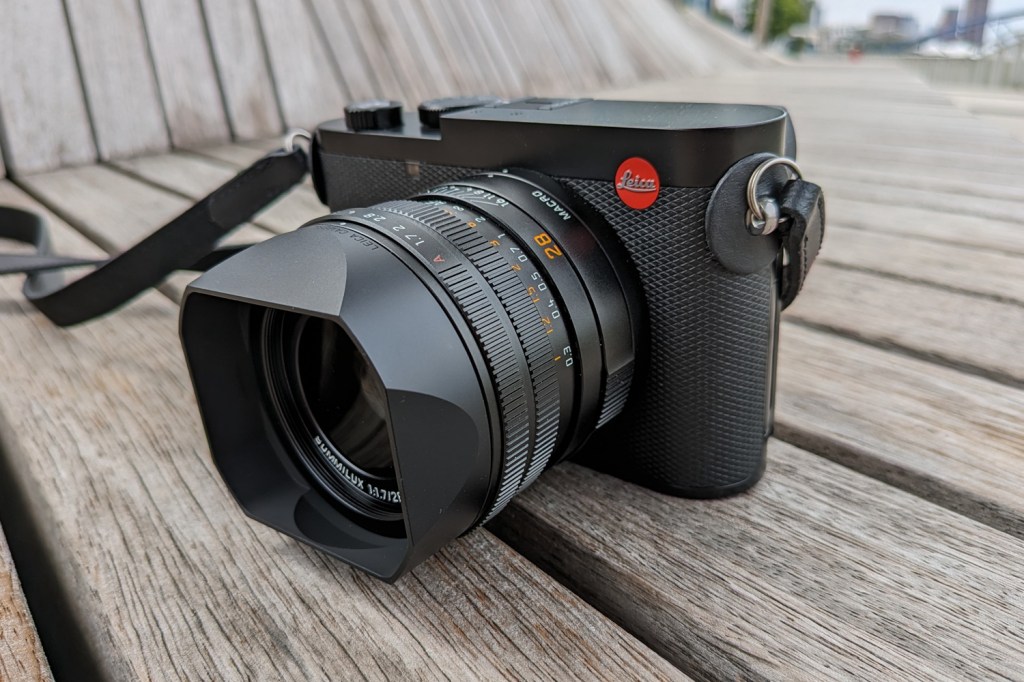
With little in the way of full-frame, fixed-lens competition, Leica could easily have given the Q2 a spit shine and called it a day. Instead, the Q3 is a proper evolution, improving in almost every area. The new sensor takes phenomenal still photos, both at full resolution and when digitally cropping in, with deftly-handled colour, exposure and dynamic range. The fact it can also shoot 8K video using pro-grade codecs only widens its appeal.
It’s not perfect; subject tracking sometimes struggled with animals or fast-moving objects, and the blocky build means it isn’t majorly comfortable to use for extended periods – at least without first investing in an optional thumb grip. And like all Leicas, the Q3 is a mighty pricey camera.
Most photographers will gravitate towards a more affordable CSC, which has the flexibility of interchangeable lenses. But Leica die-hards won’t be put off from giving it a go – and they’ll be mighty impressed with its abilities when they do.
Stuff Says…
An exceptionally capable fixed-lens camera for both photos and videos. The Q3 might be ruinously expensive, but serious snappers will love it all the same.
Good Stuff
Stunning still images at all crop levels
Wonderfully simple interface
Adept at video recording
Bad Stuff
Distinctive shape not especially comfortable to grip
Tracking autofocus not always on point
A serious investment
Leica Q3 technical specifications
| Sensor | 62.4MP full-frame CMOS |
| Lens | Leica Summilux 28 f/1.7 (fixed) |
| ISO range | ISO 50-100,000 (extended) |
| Continuous shooting | 4fps (14-bit), 15fps (12-bit) |
| Video recording | 8K/30, 4K/60, 1080p/120 |
| Screen | 3in tilting touchscreen |
| Viewfinder | 5.76m-dot OLED EVF w/ 120Hz |
| Storage support | SD UHS-II |
| Connectivity | USB-C, Wi-Fi, Bluetooth, |
| Dimensions | 130x80x93mm, 743g (with battery) |


